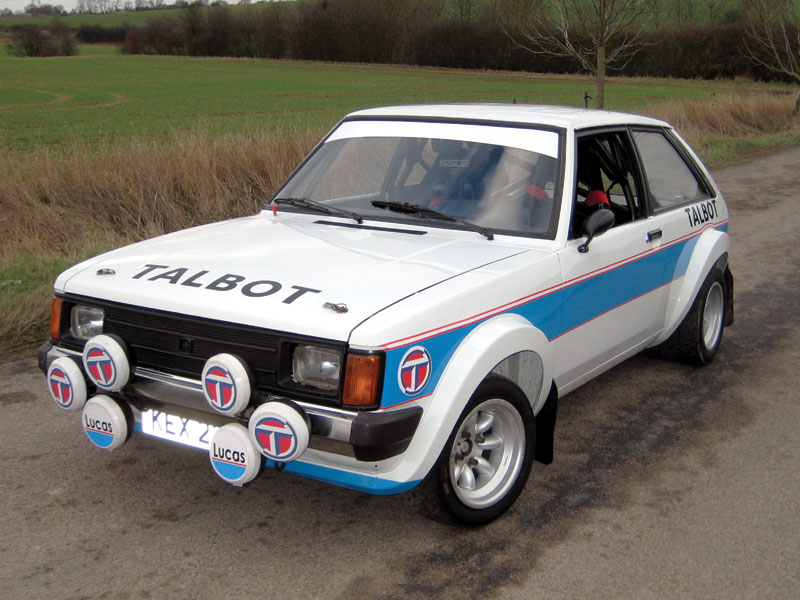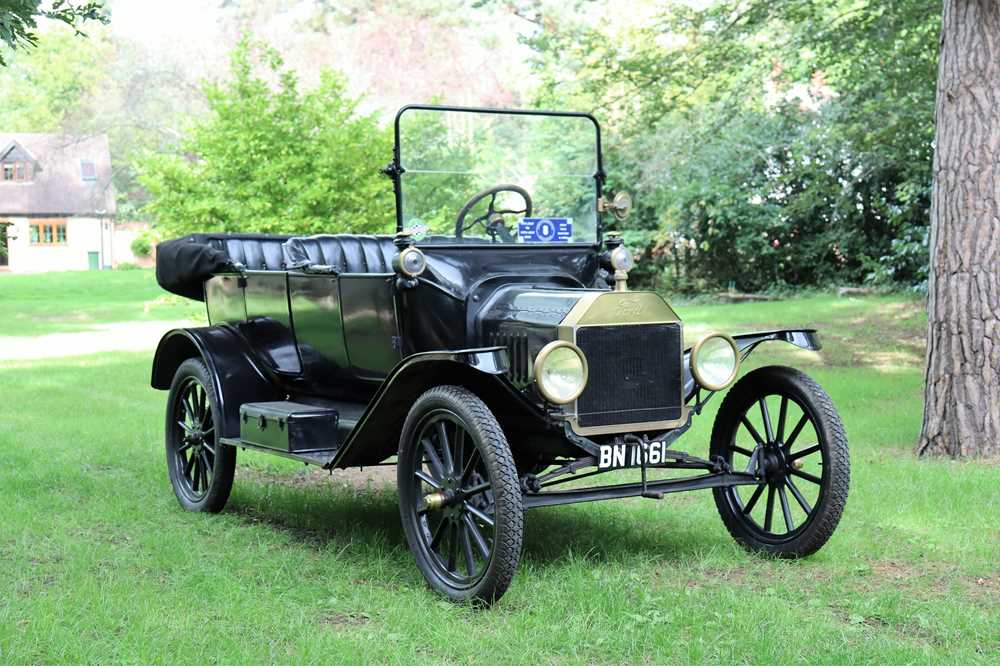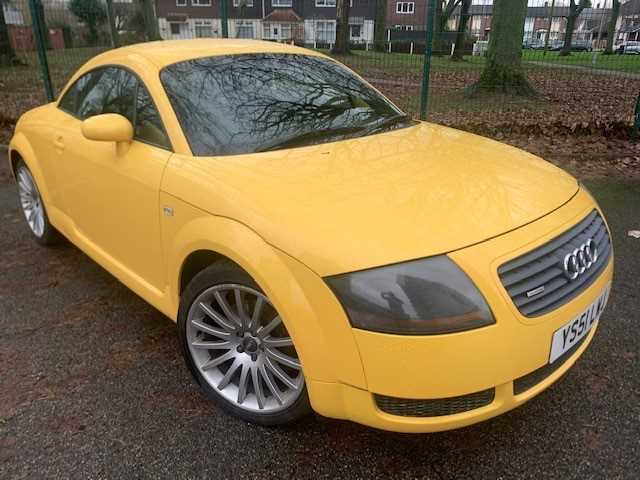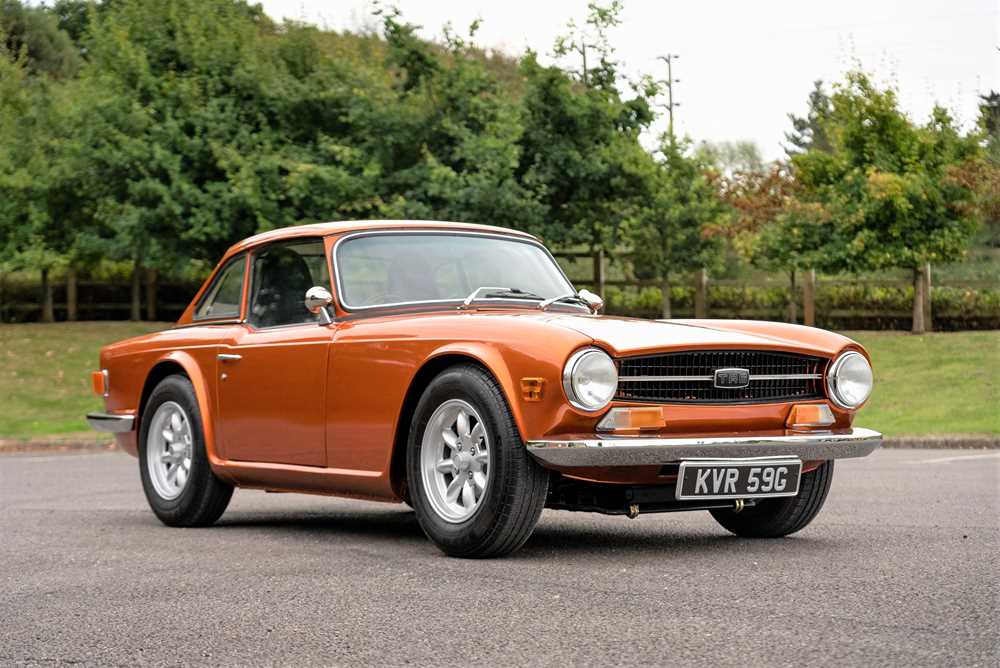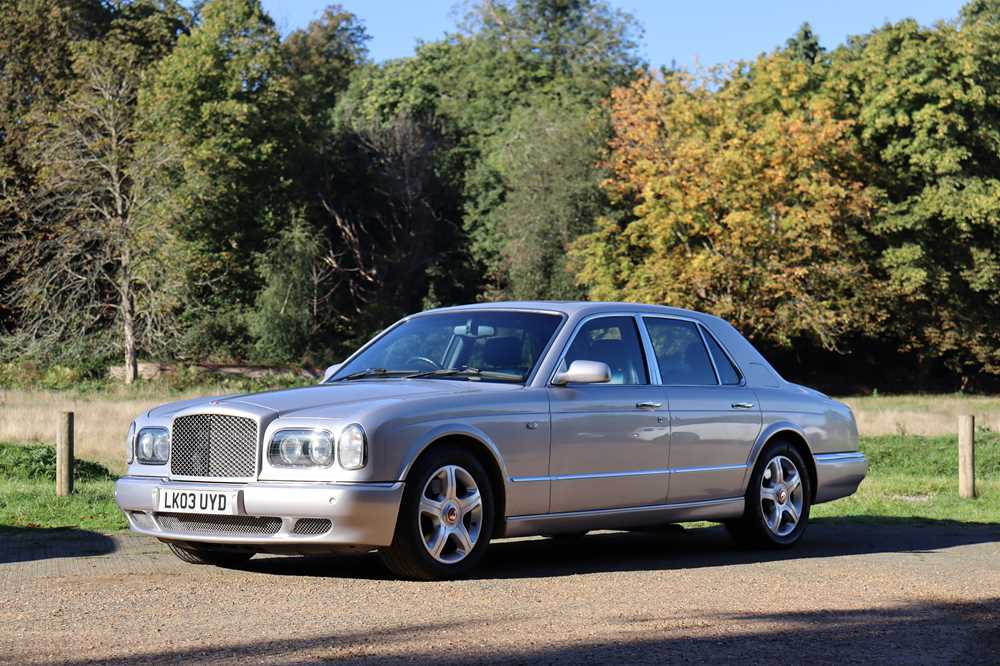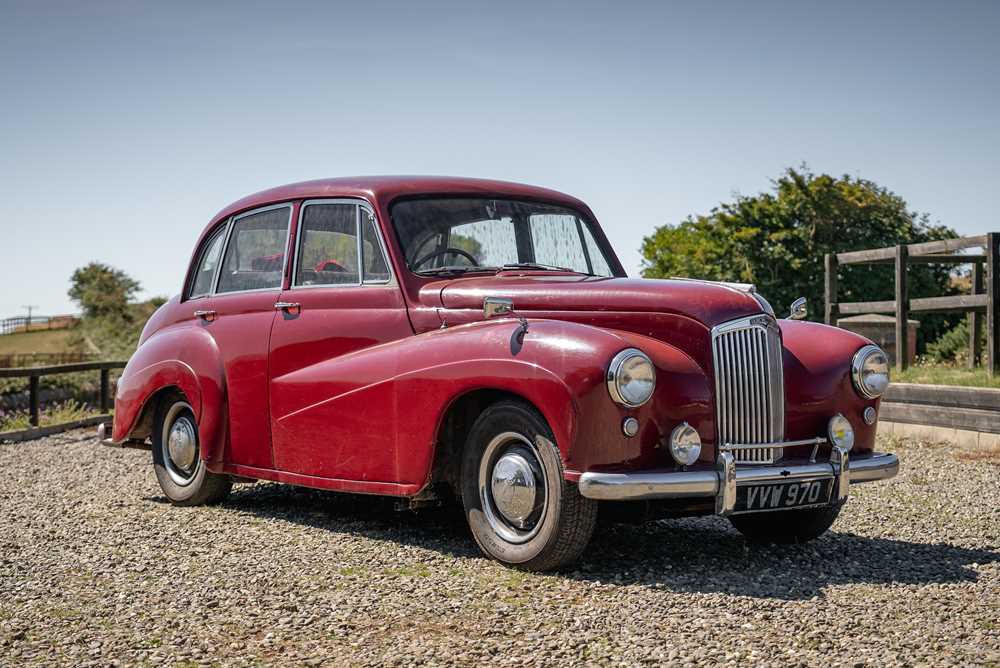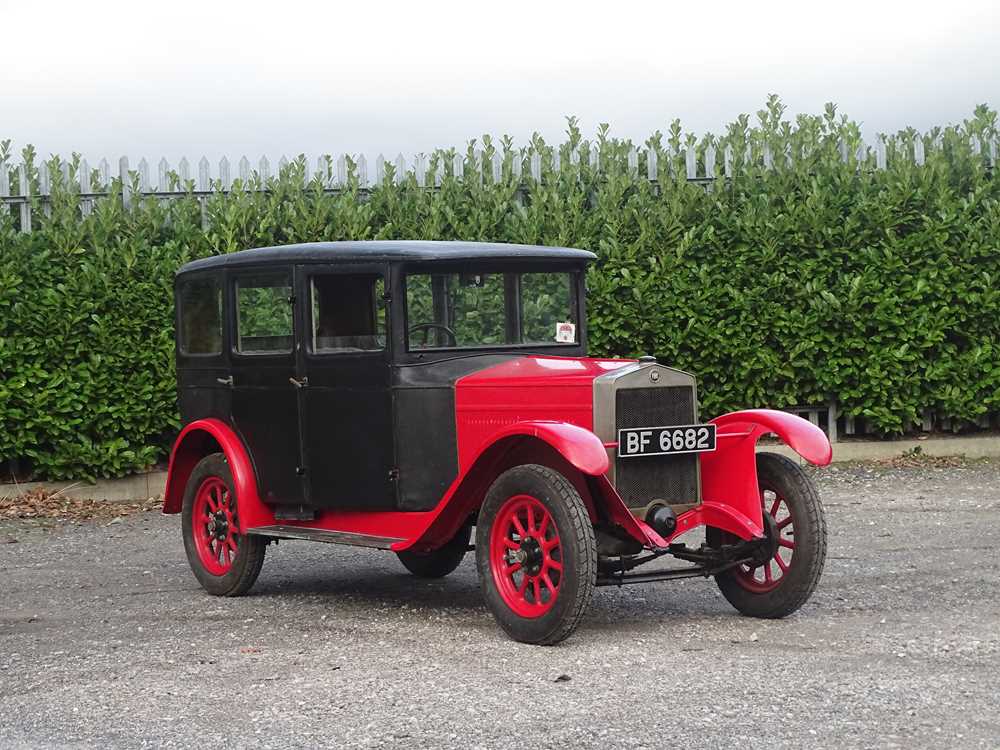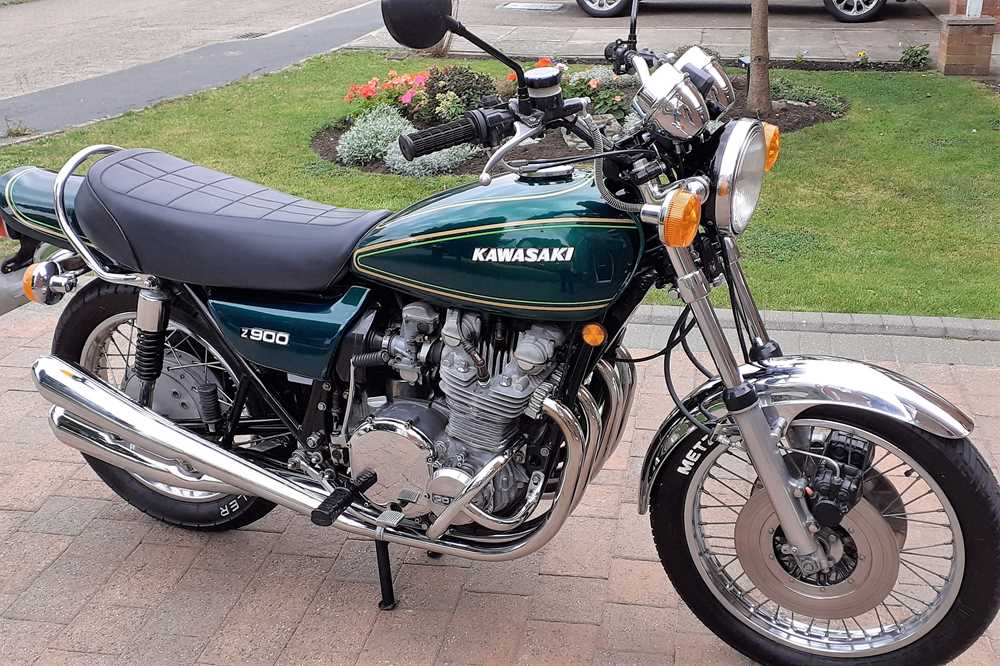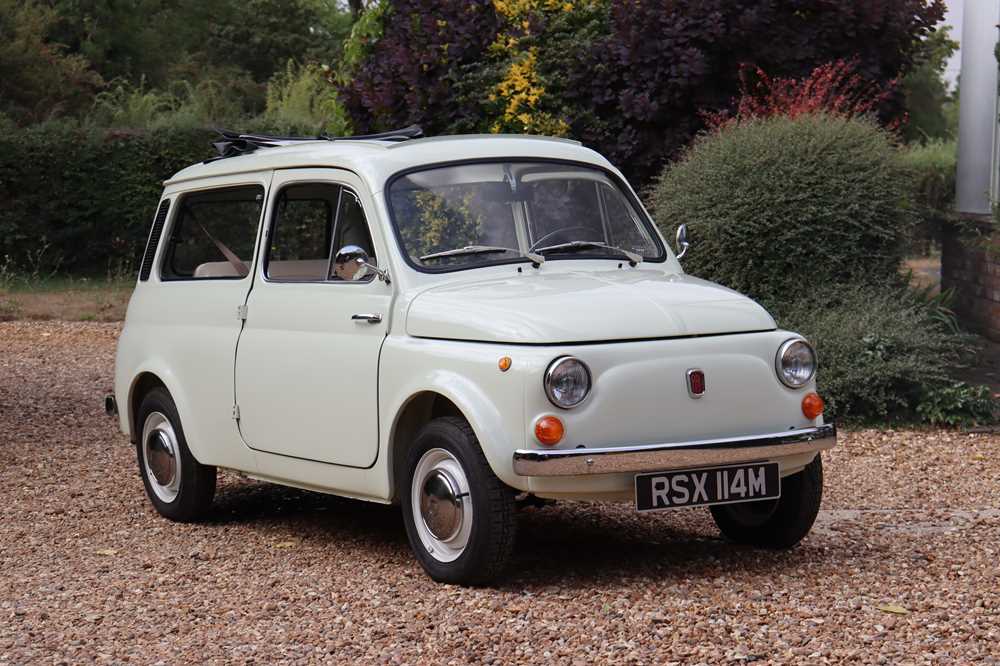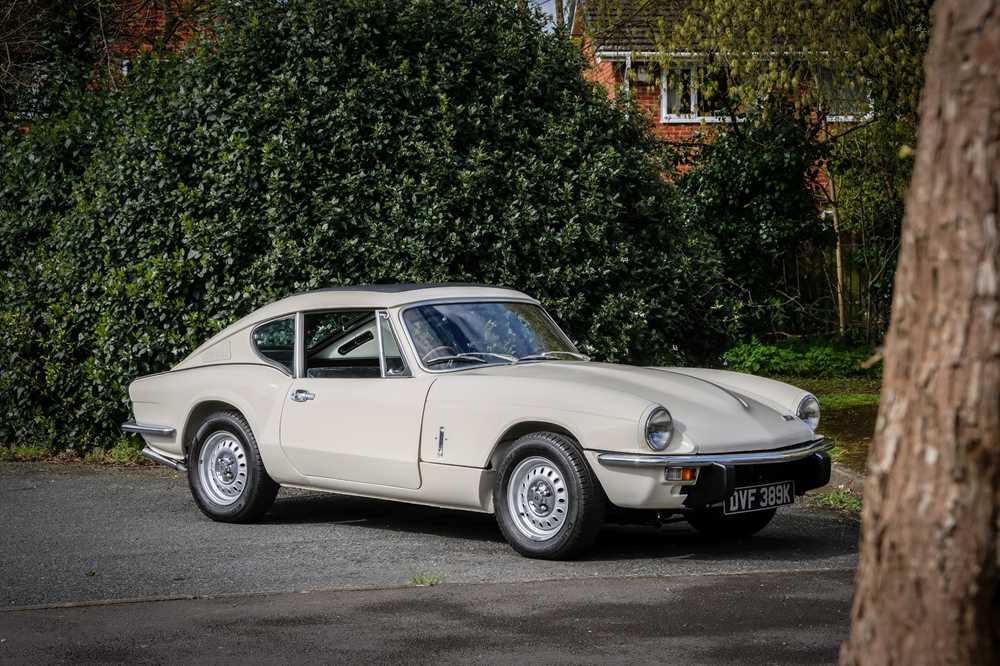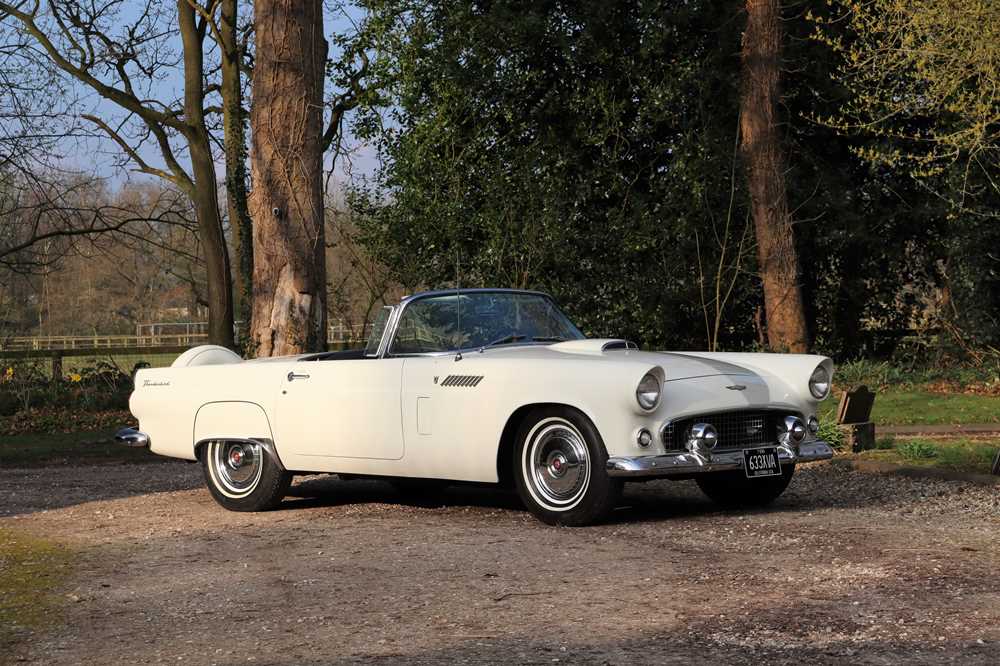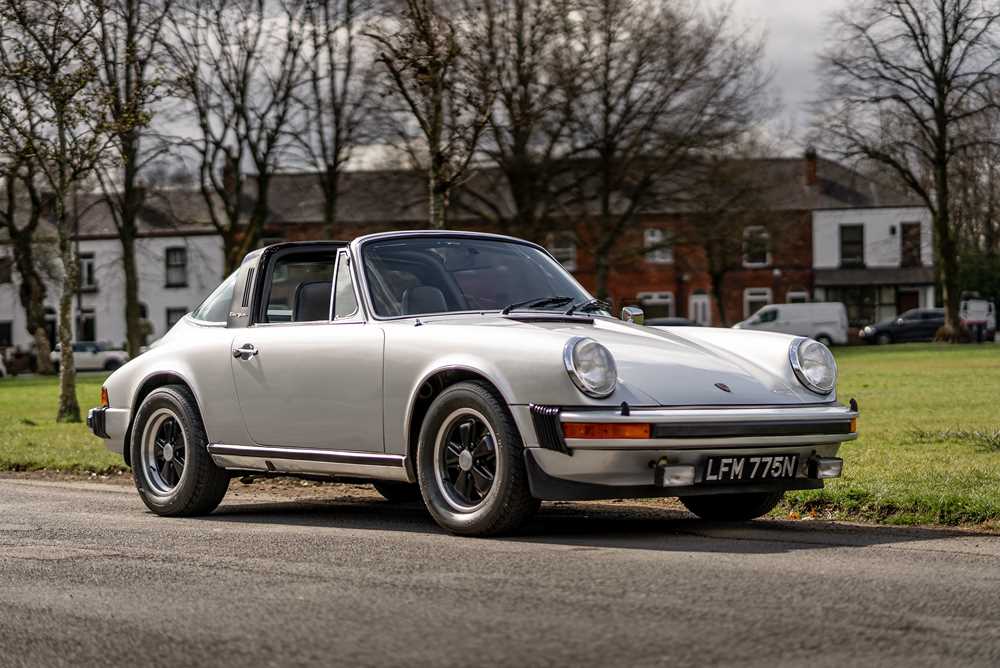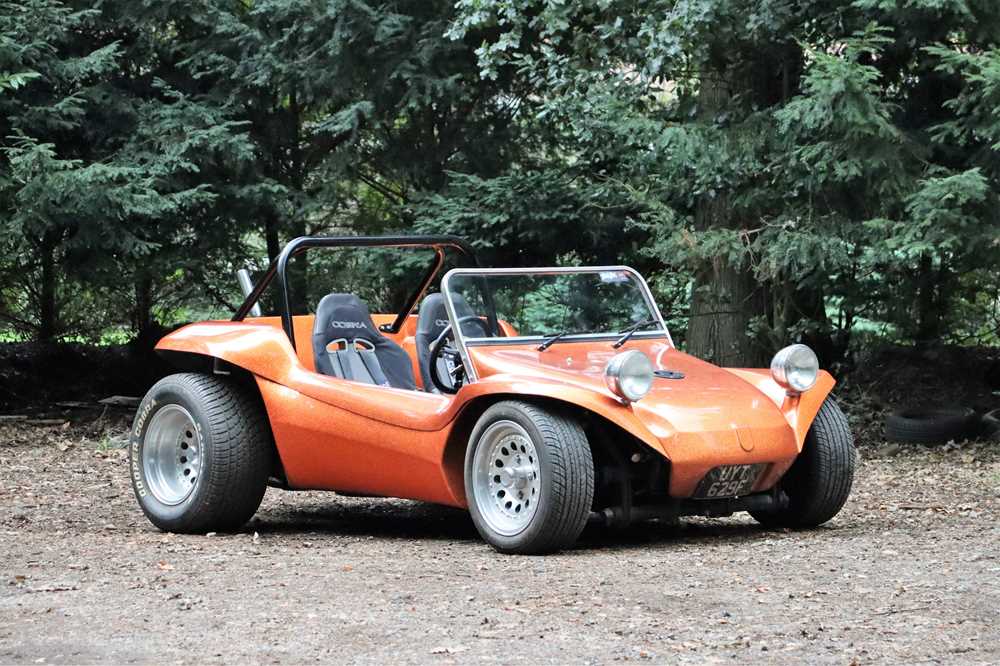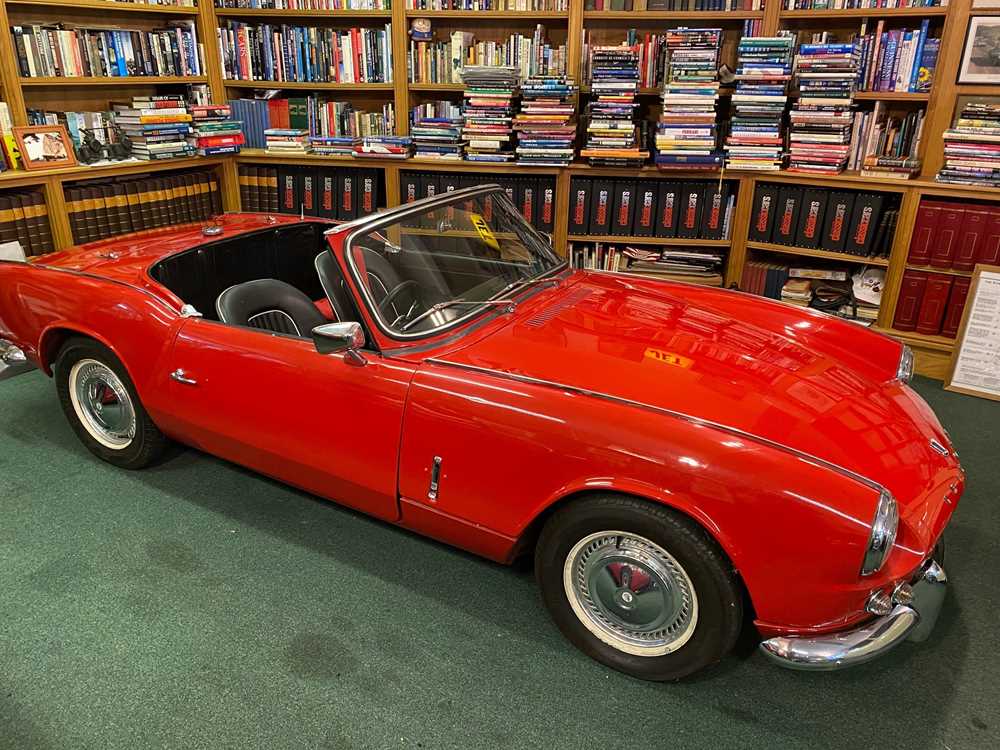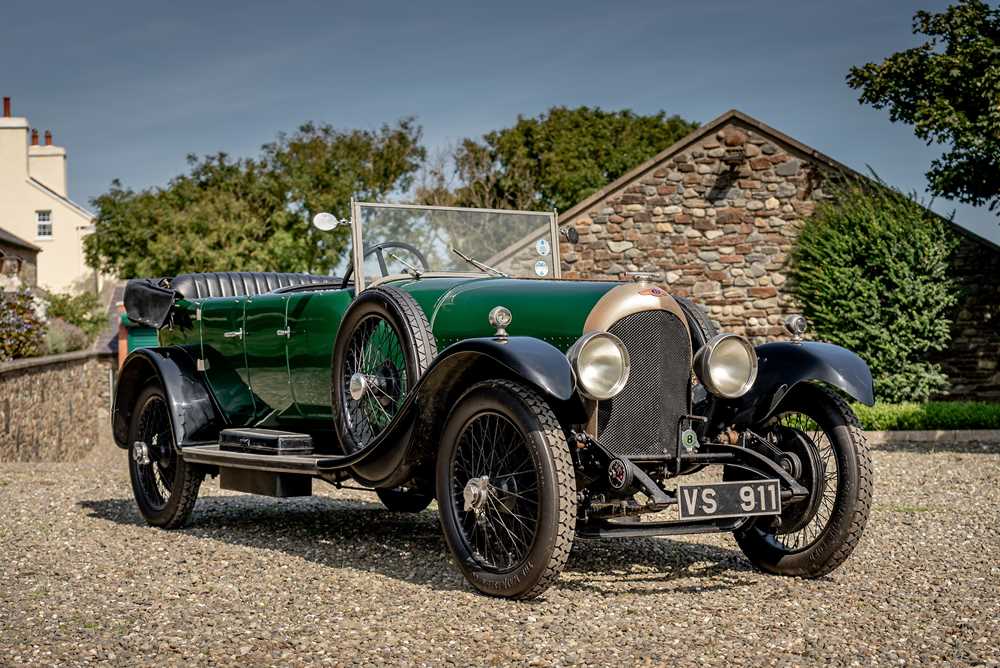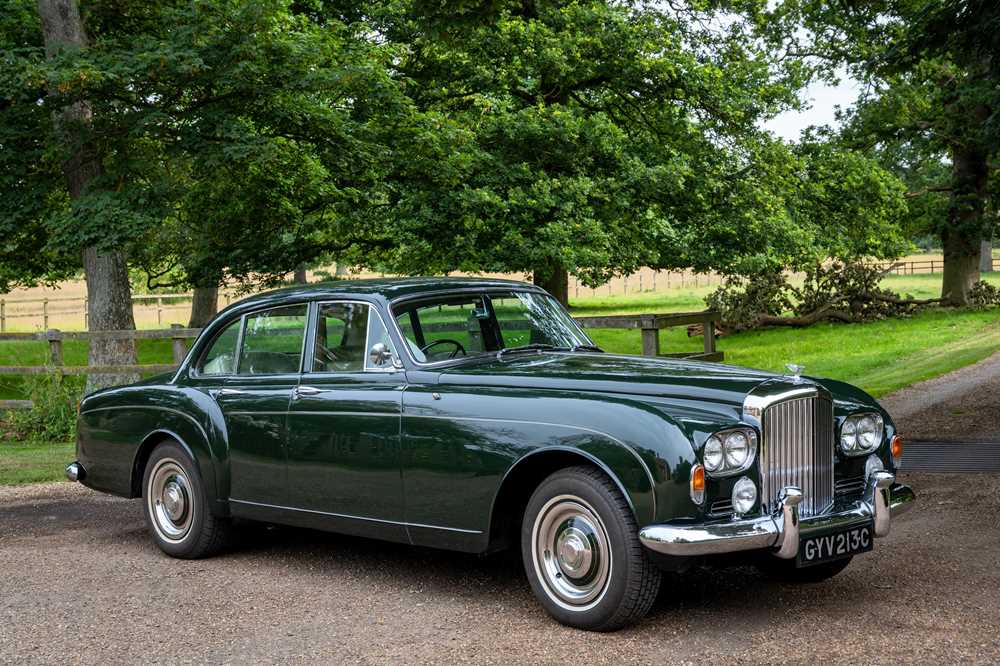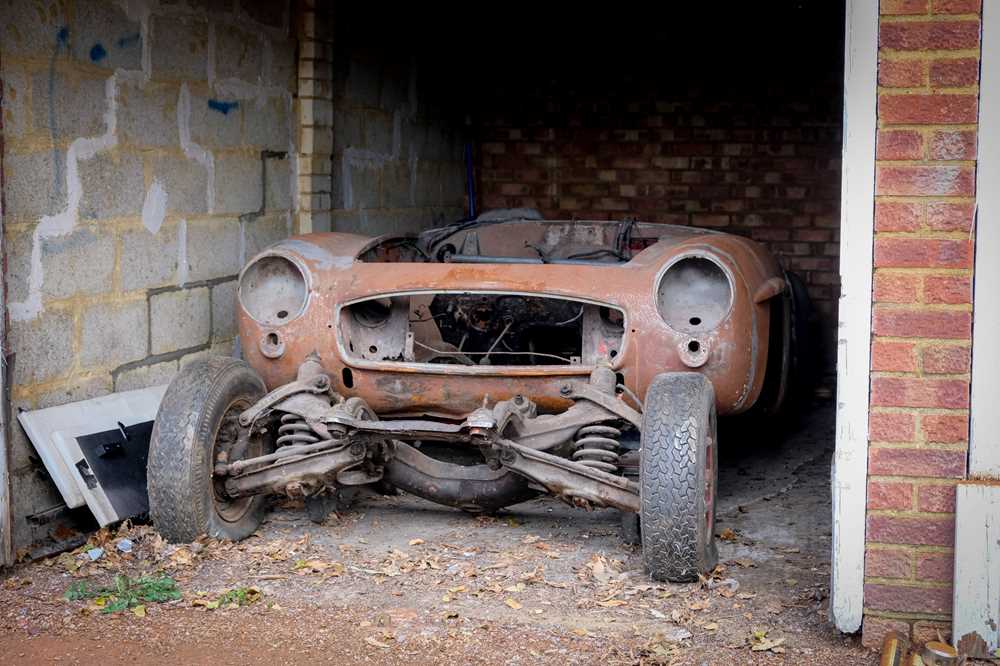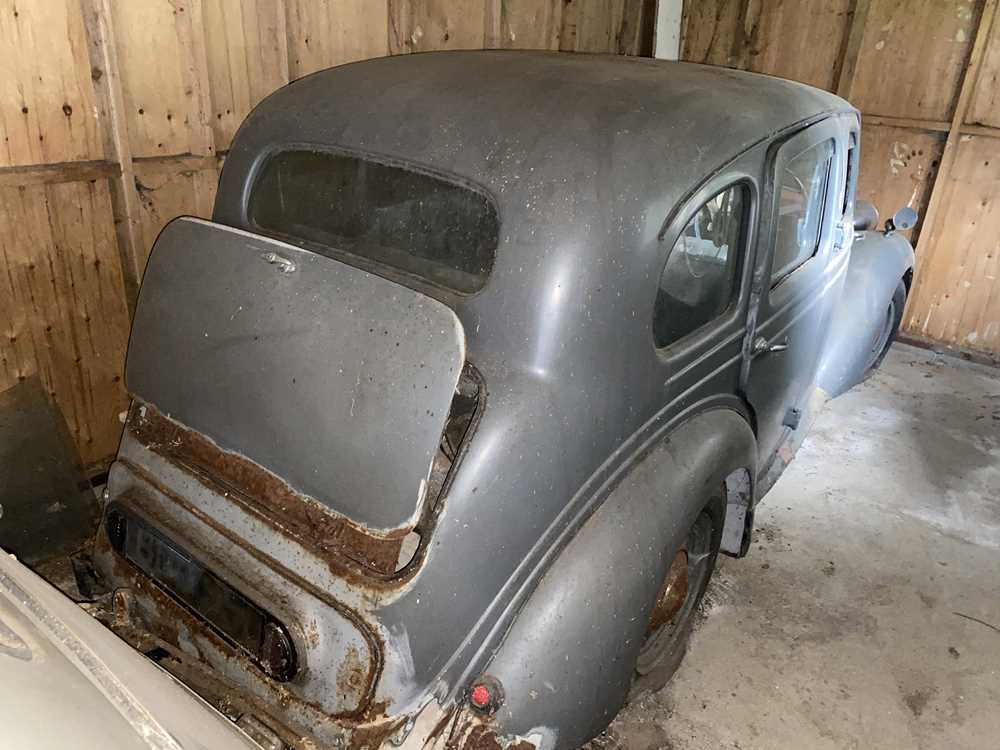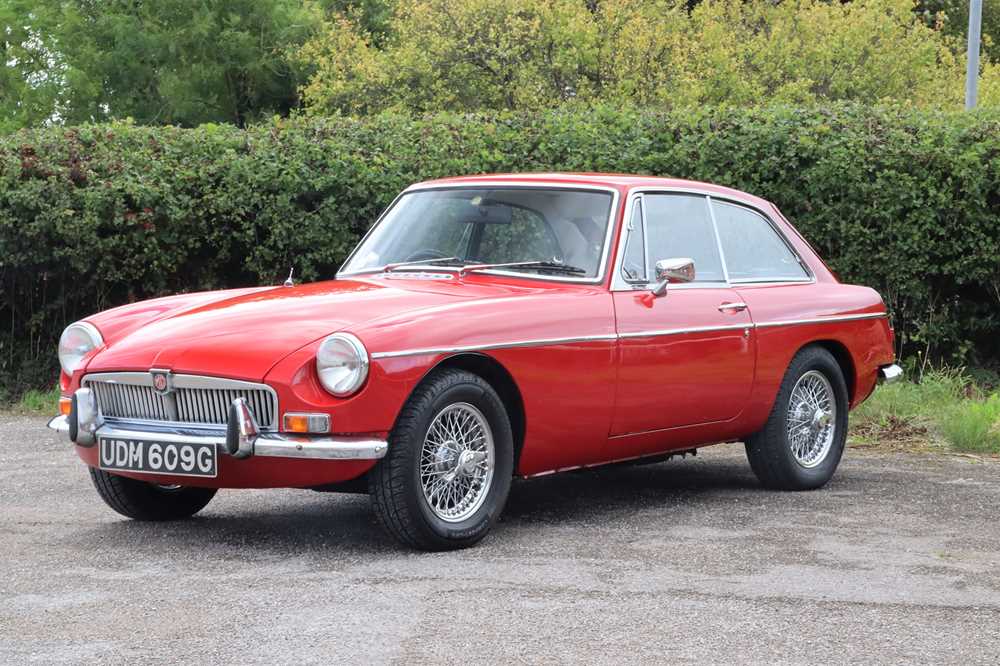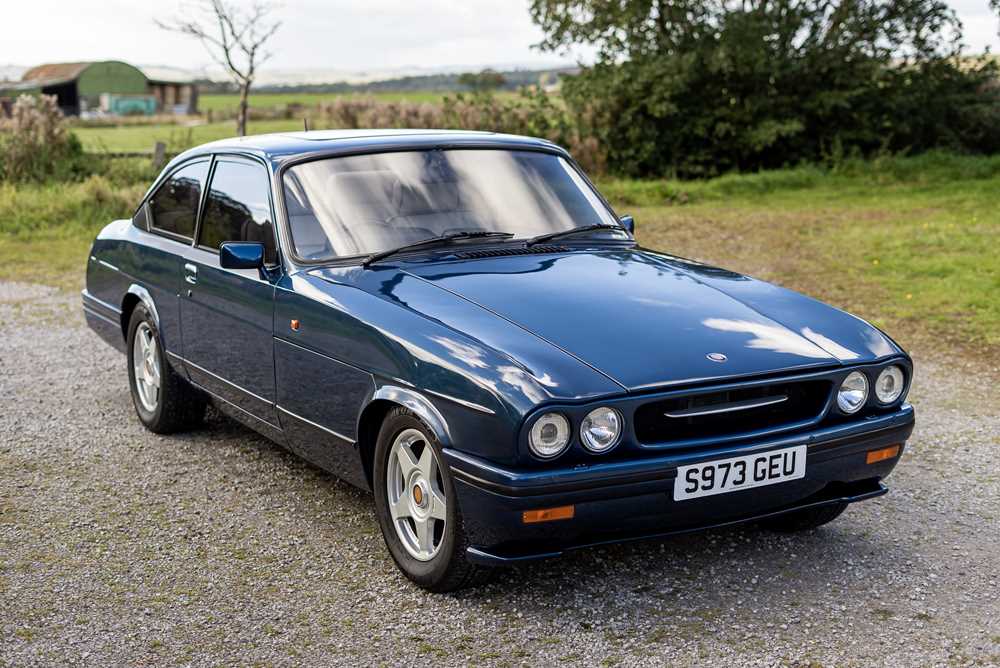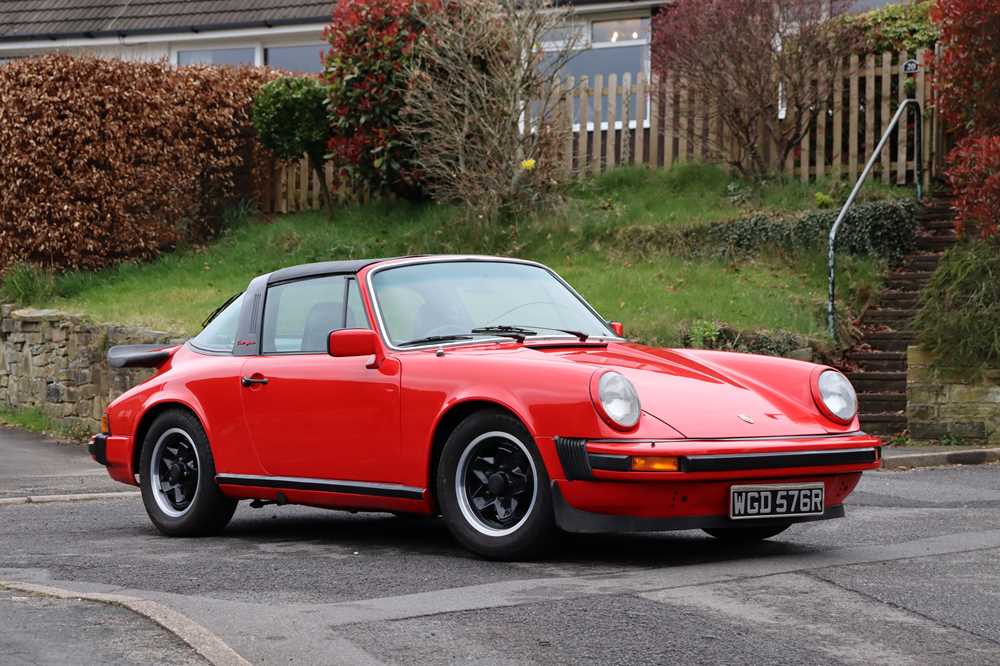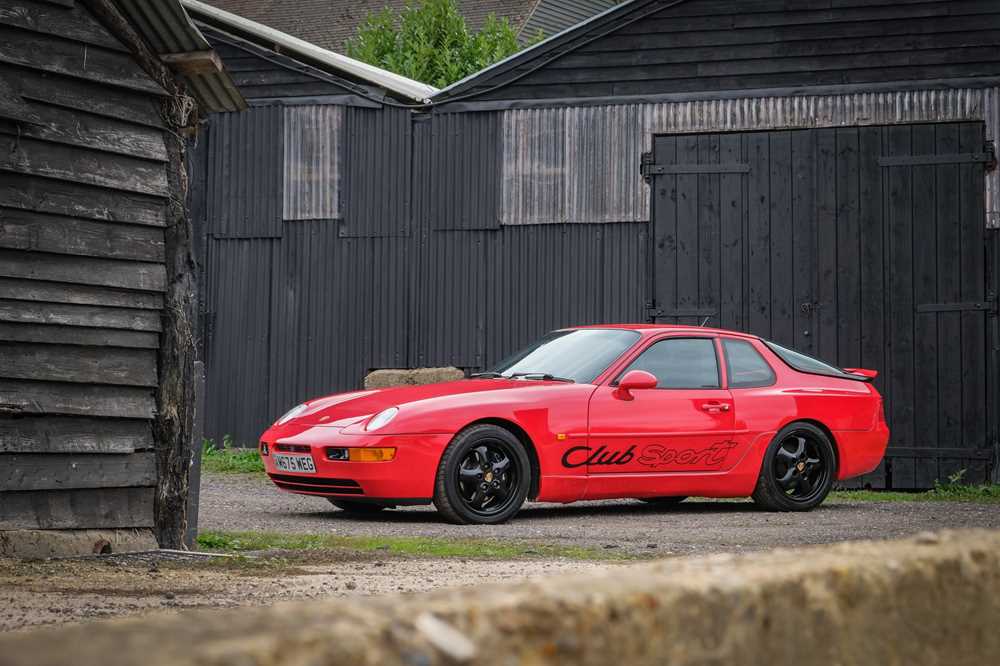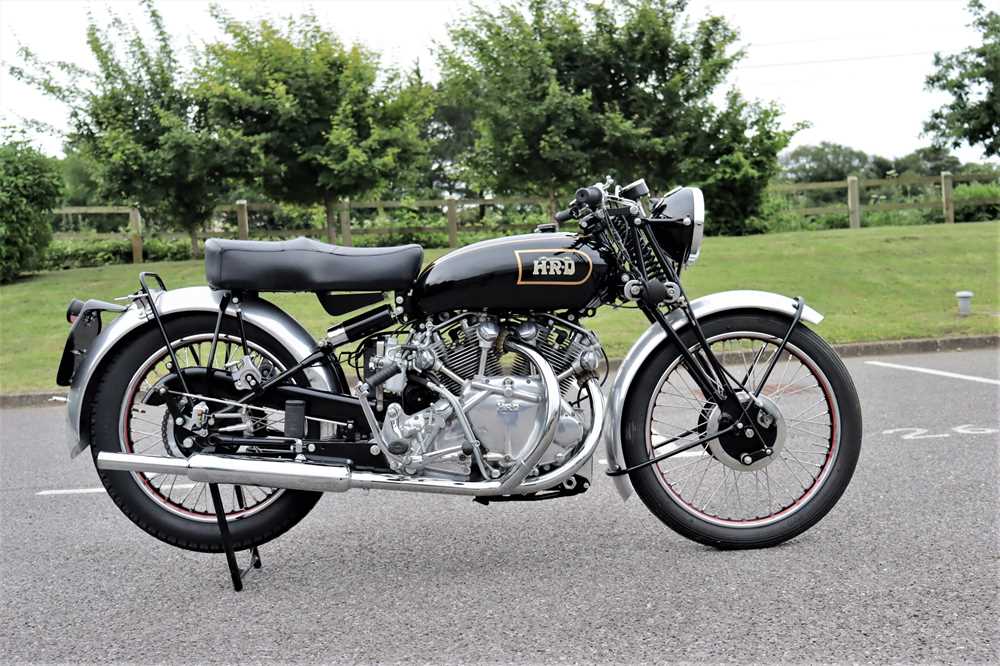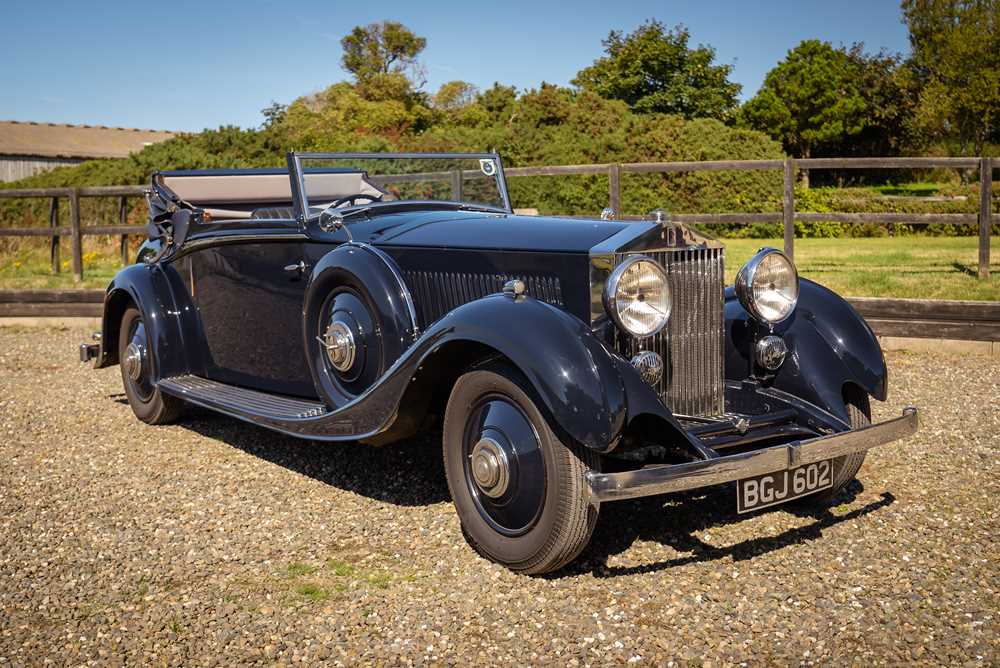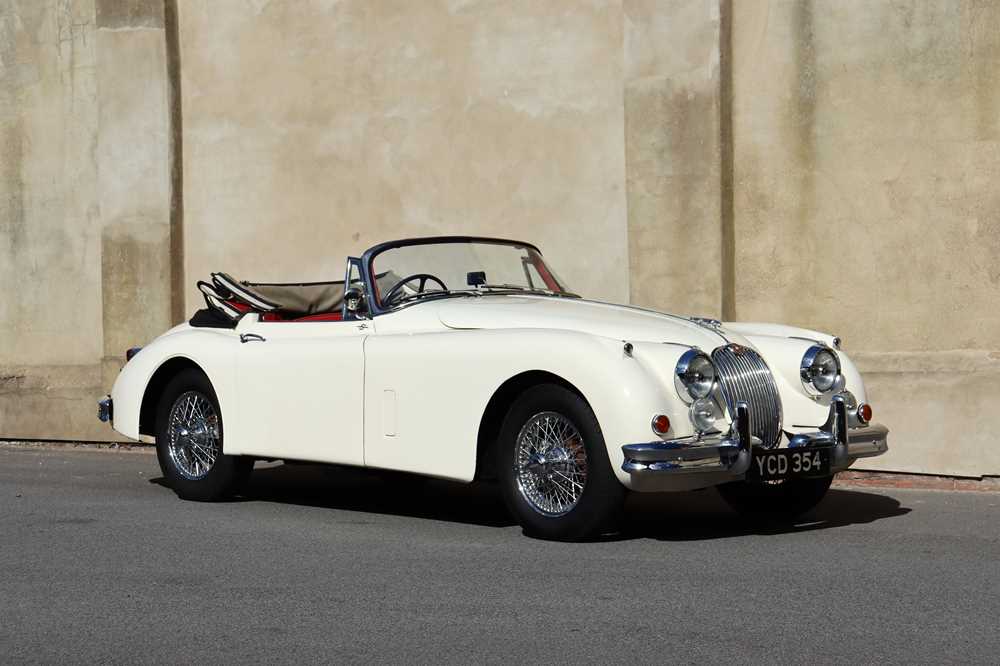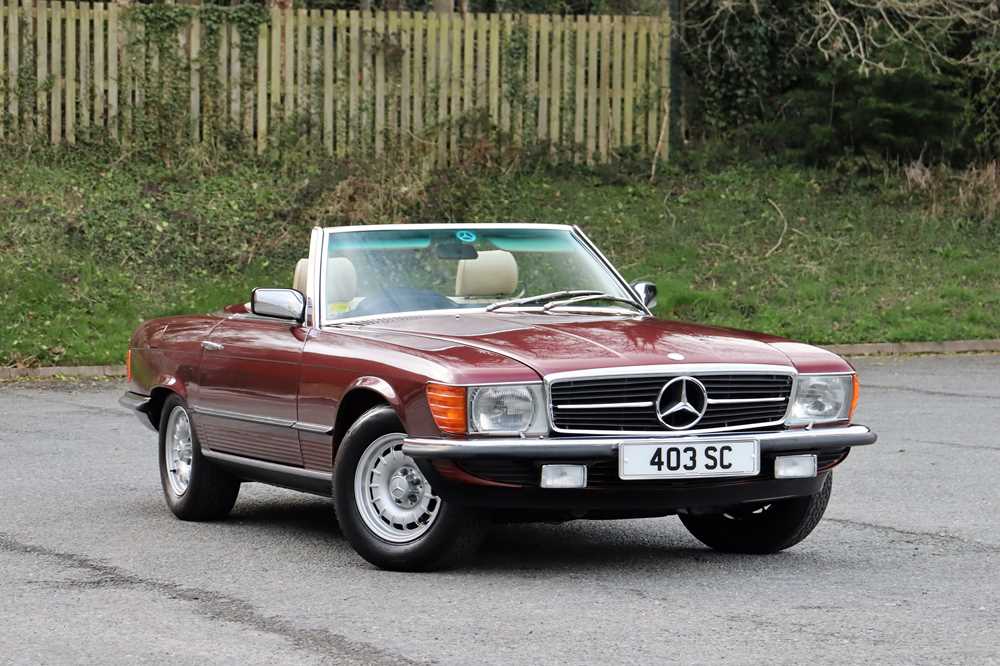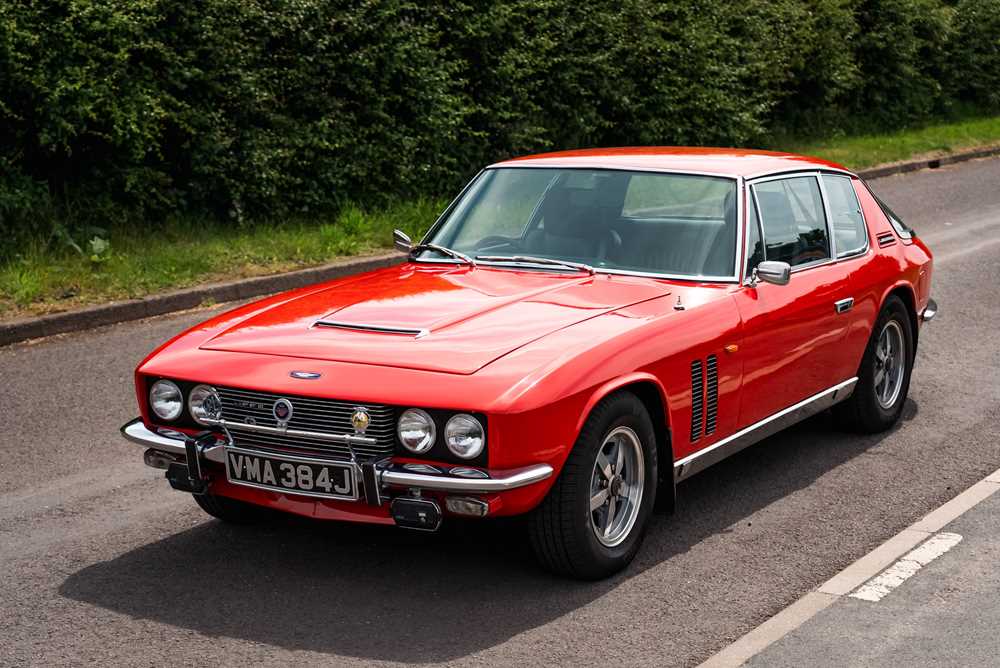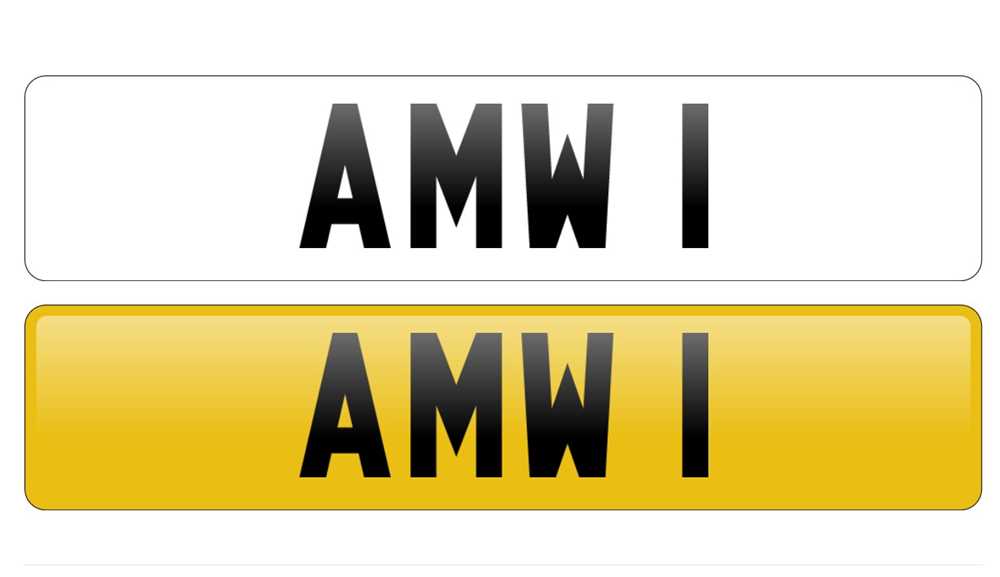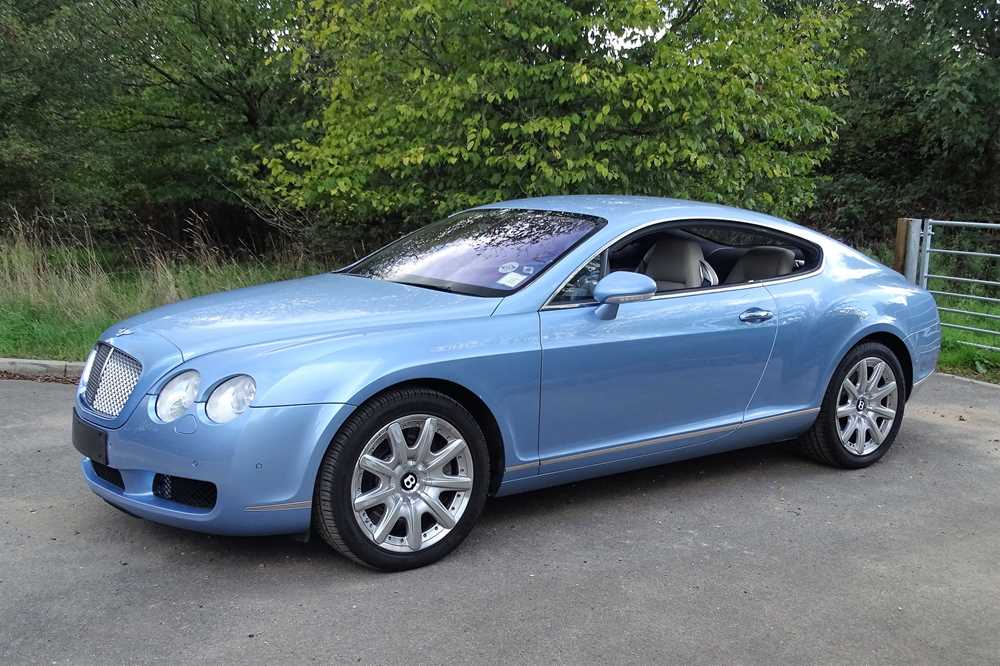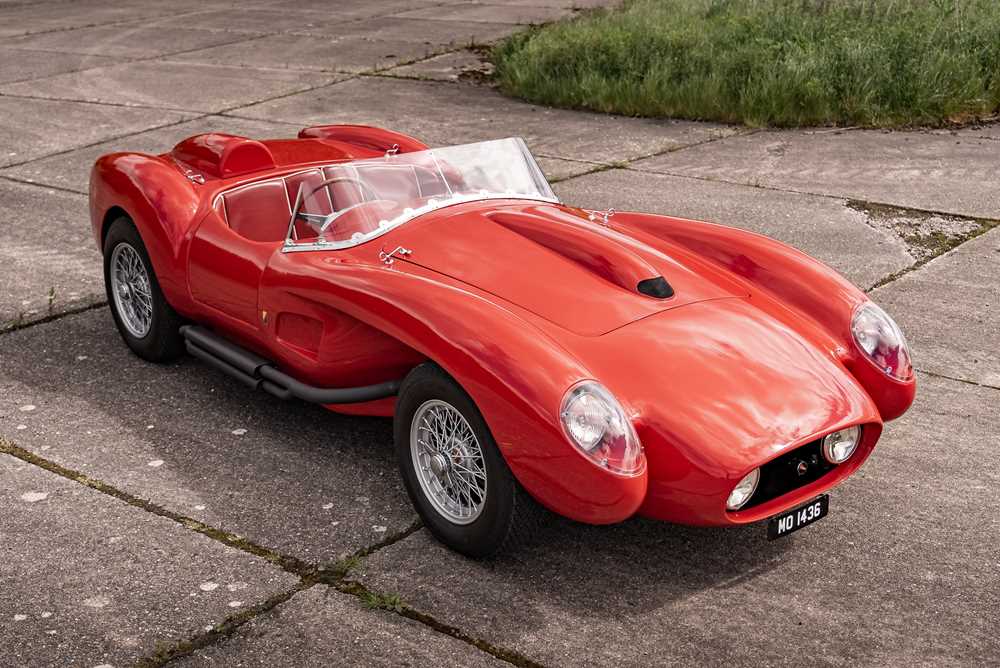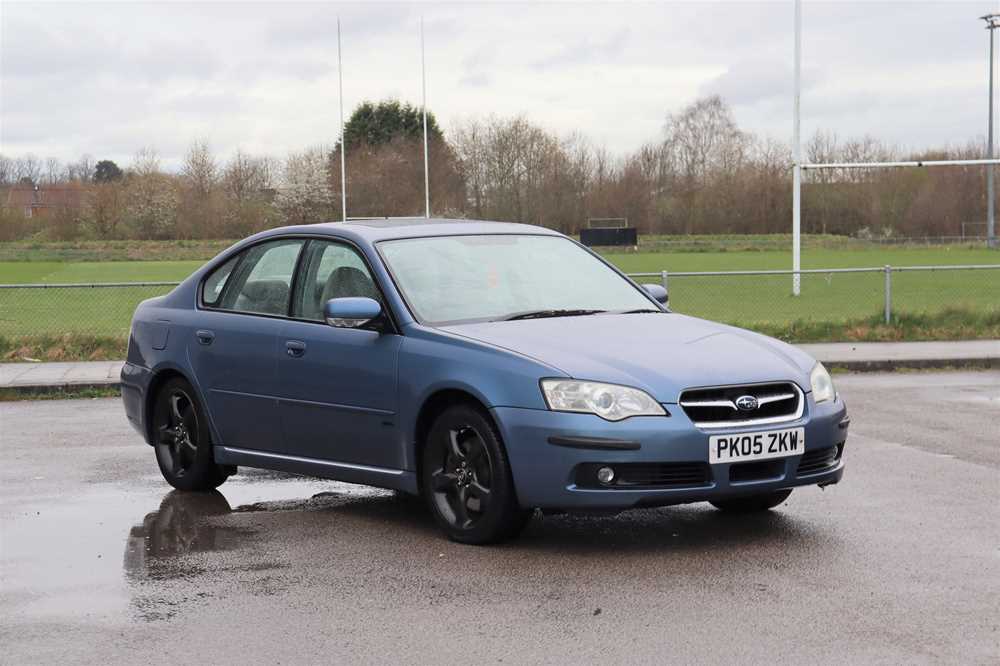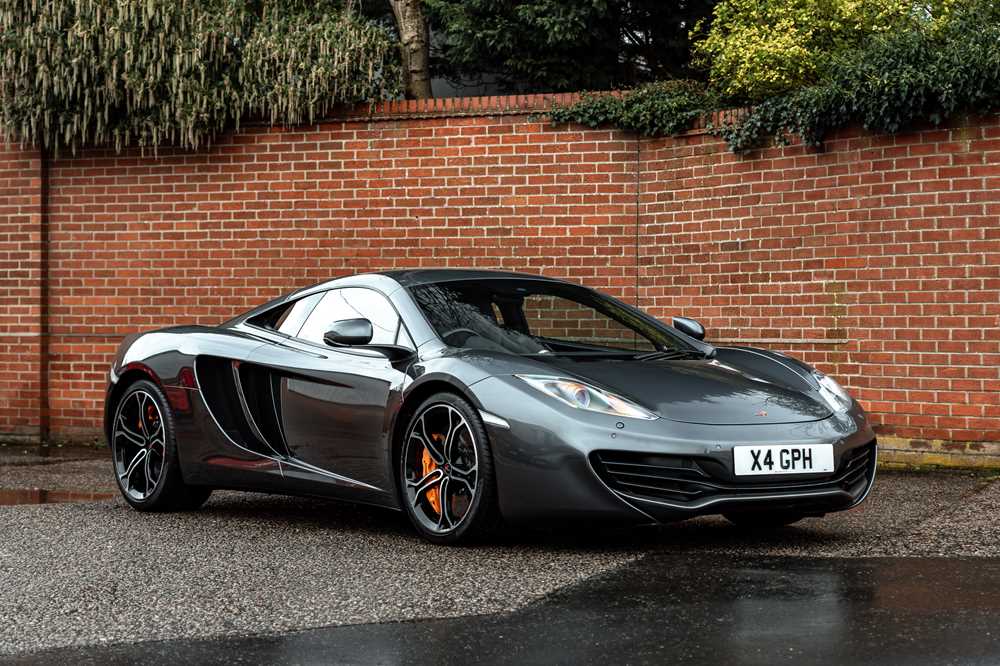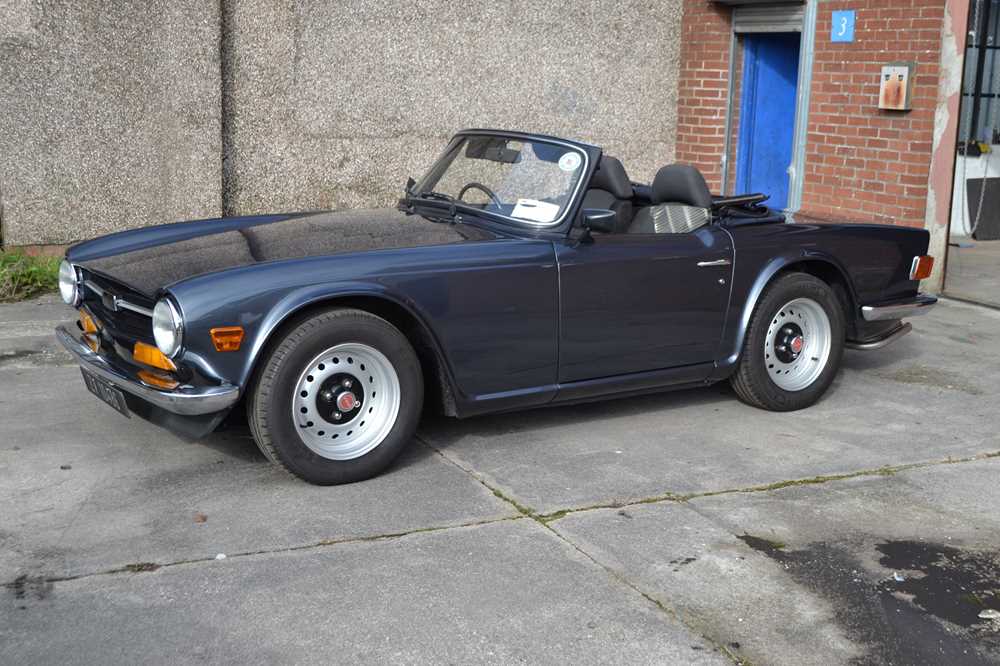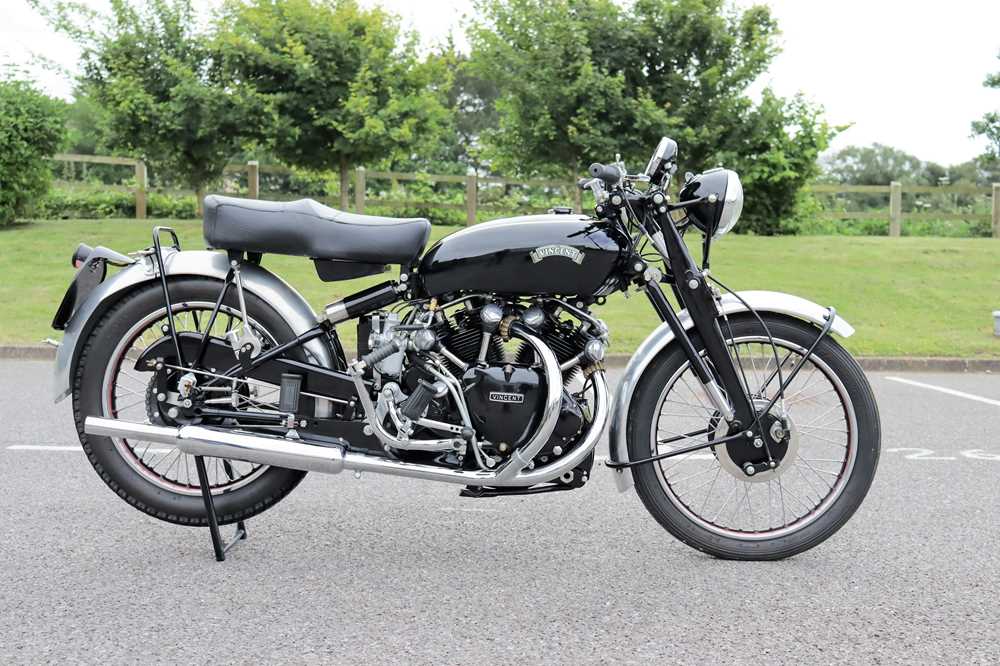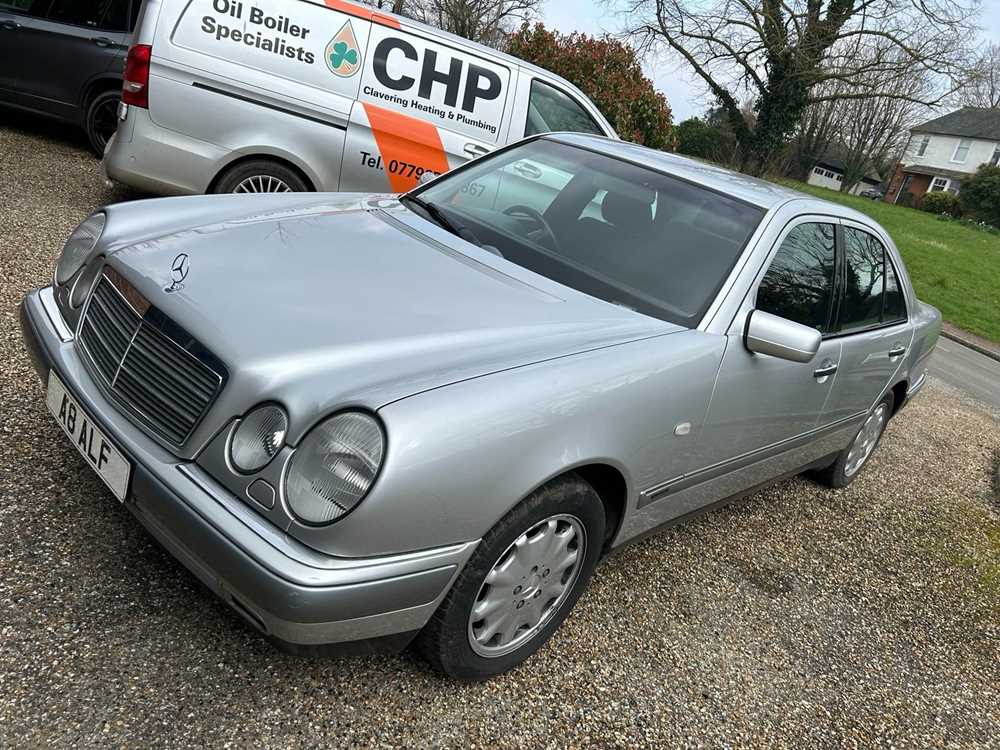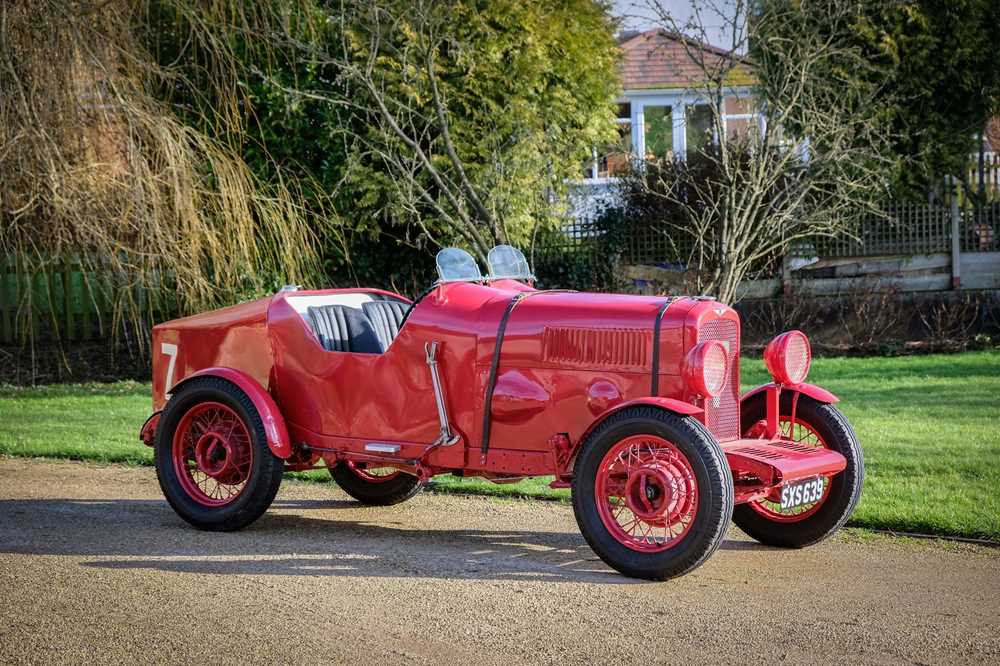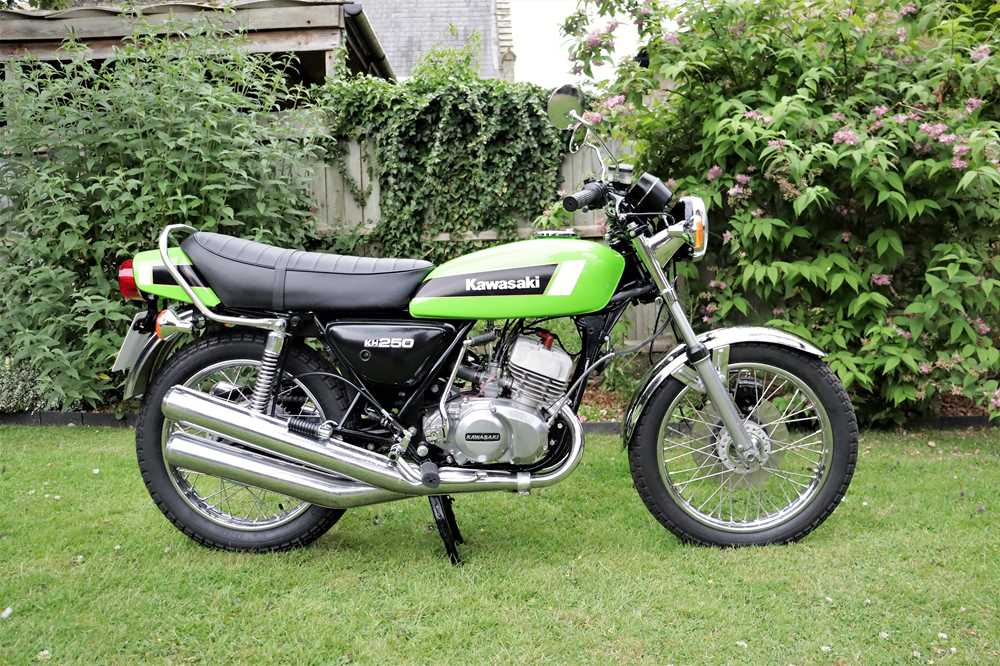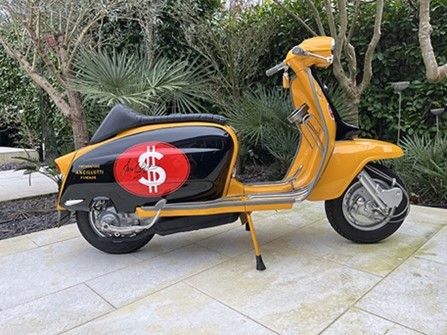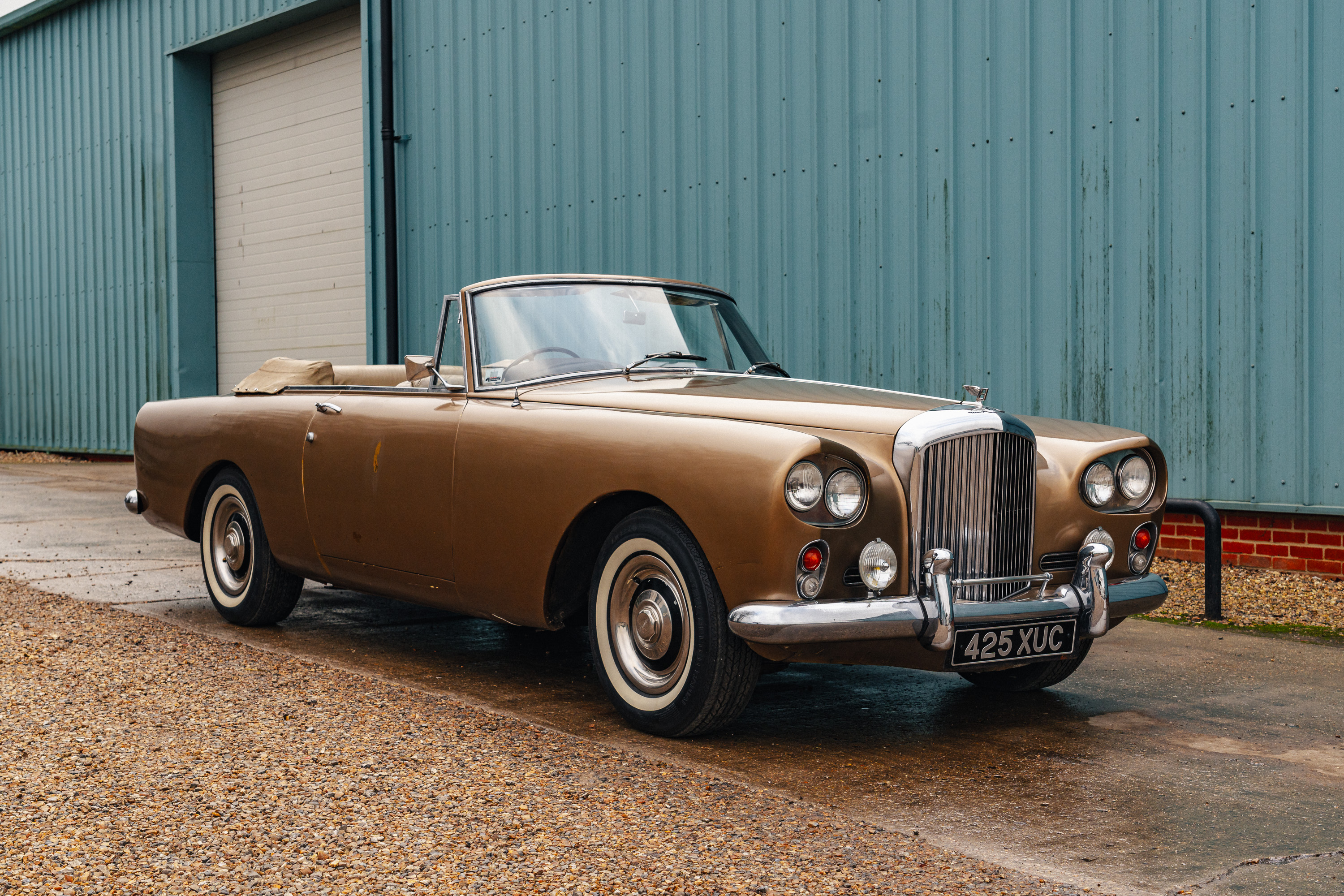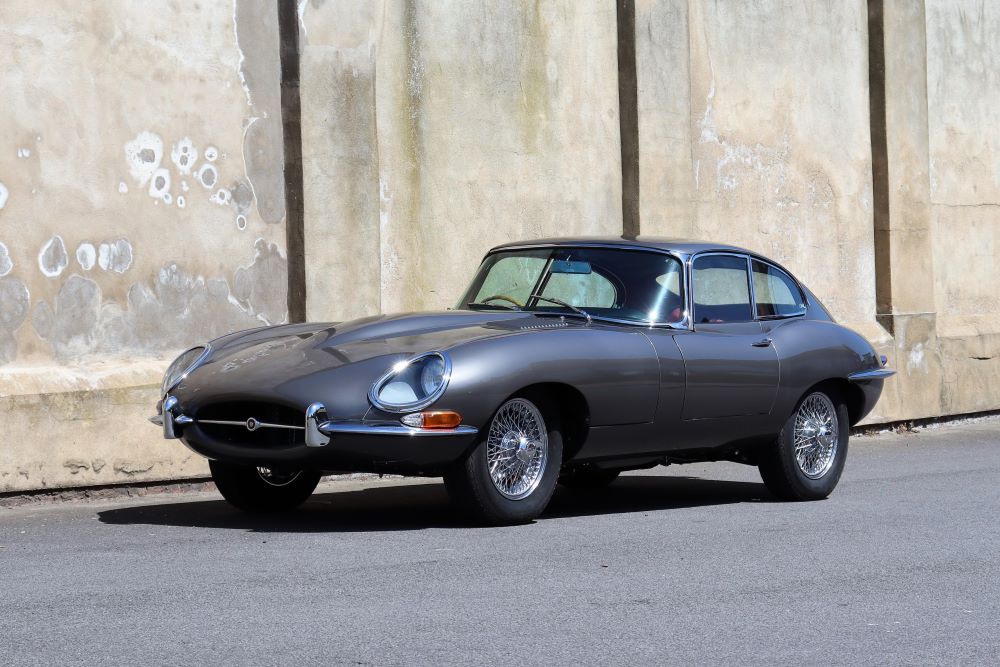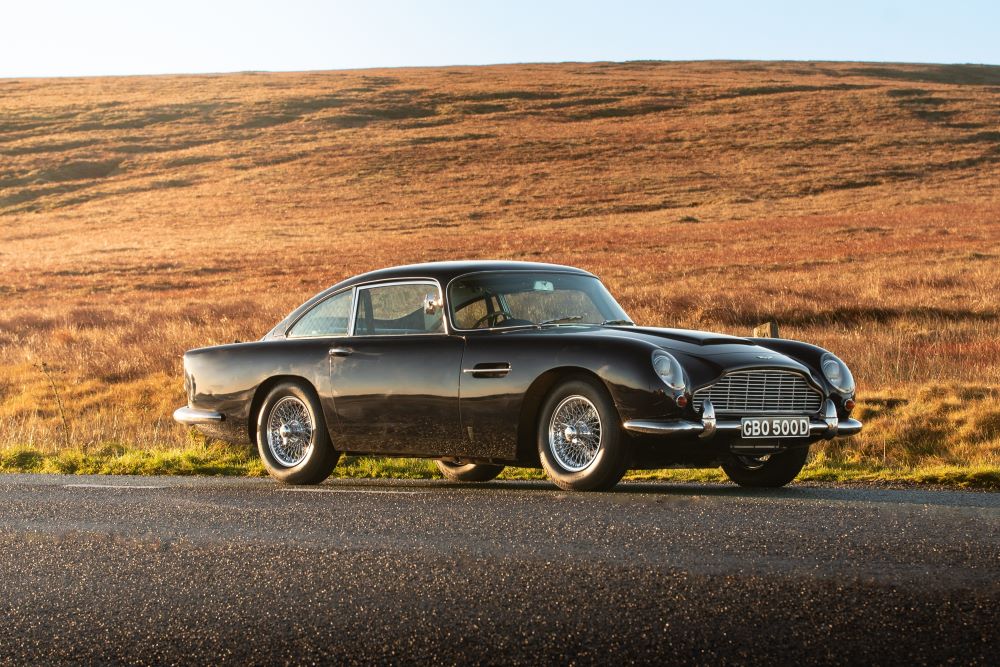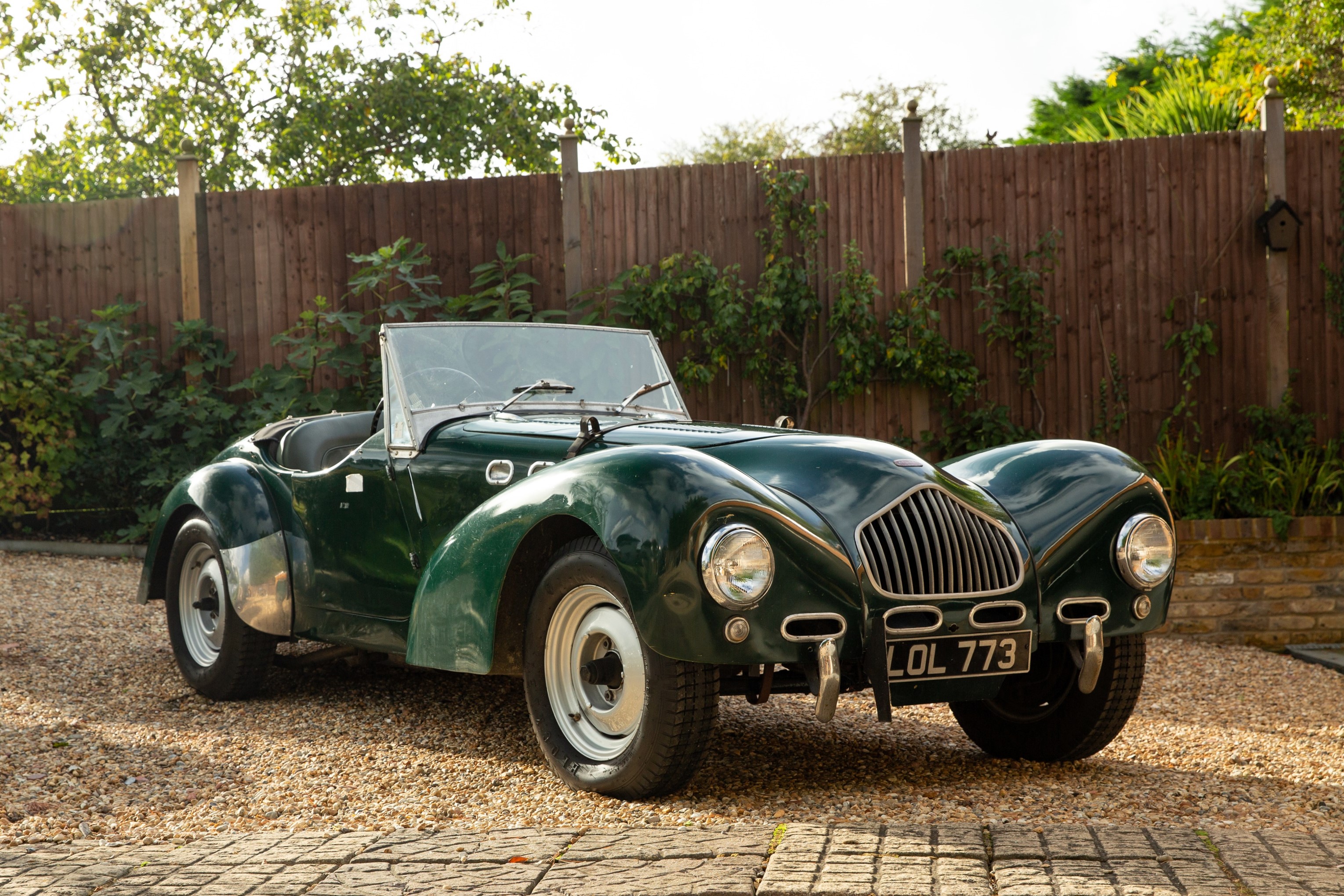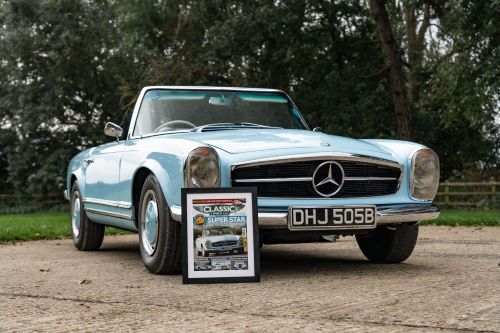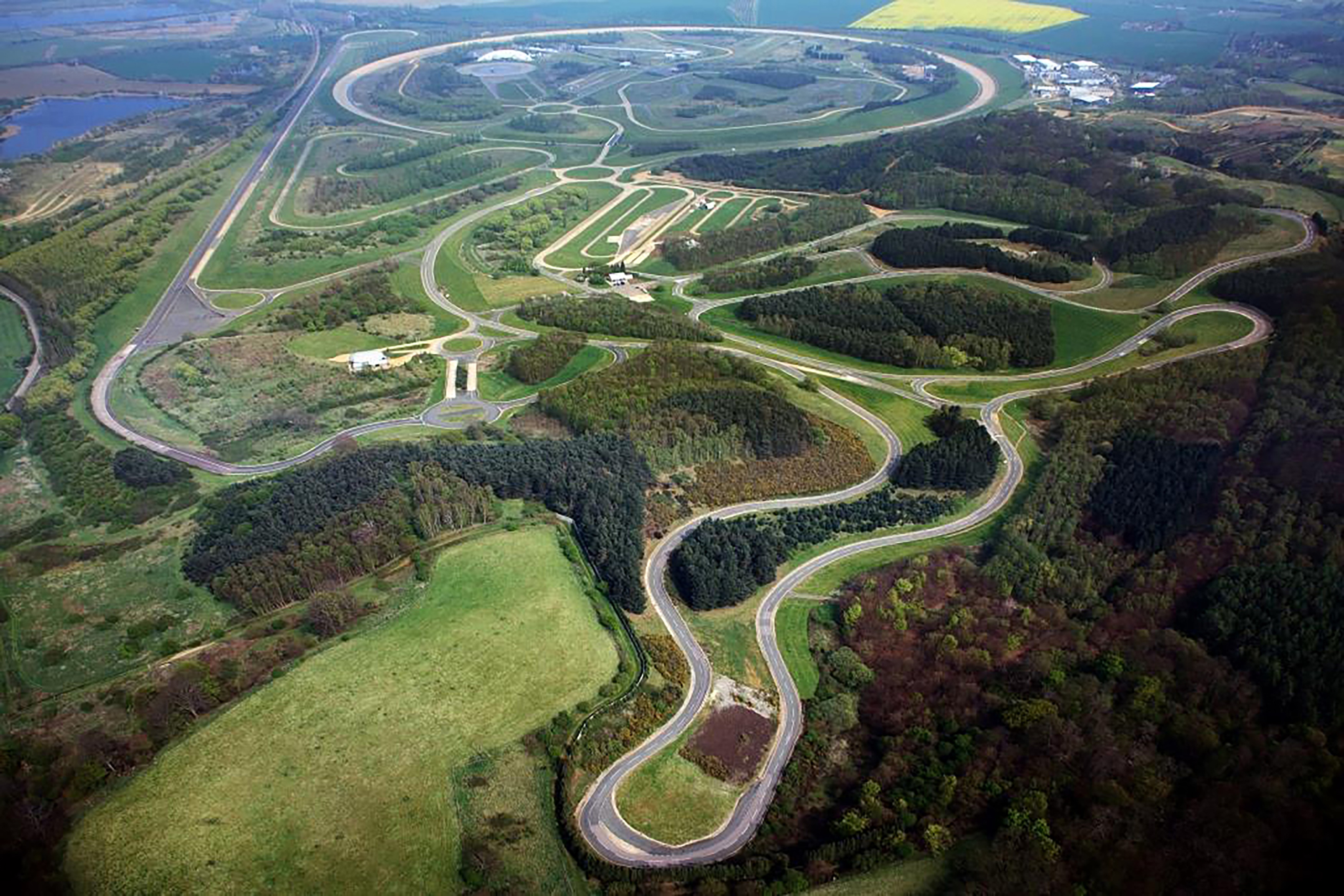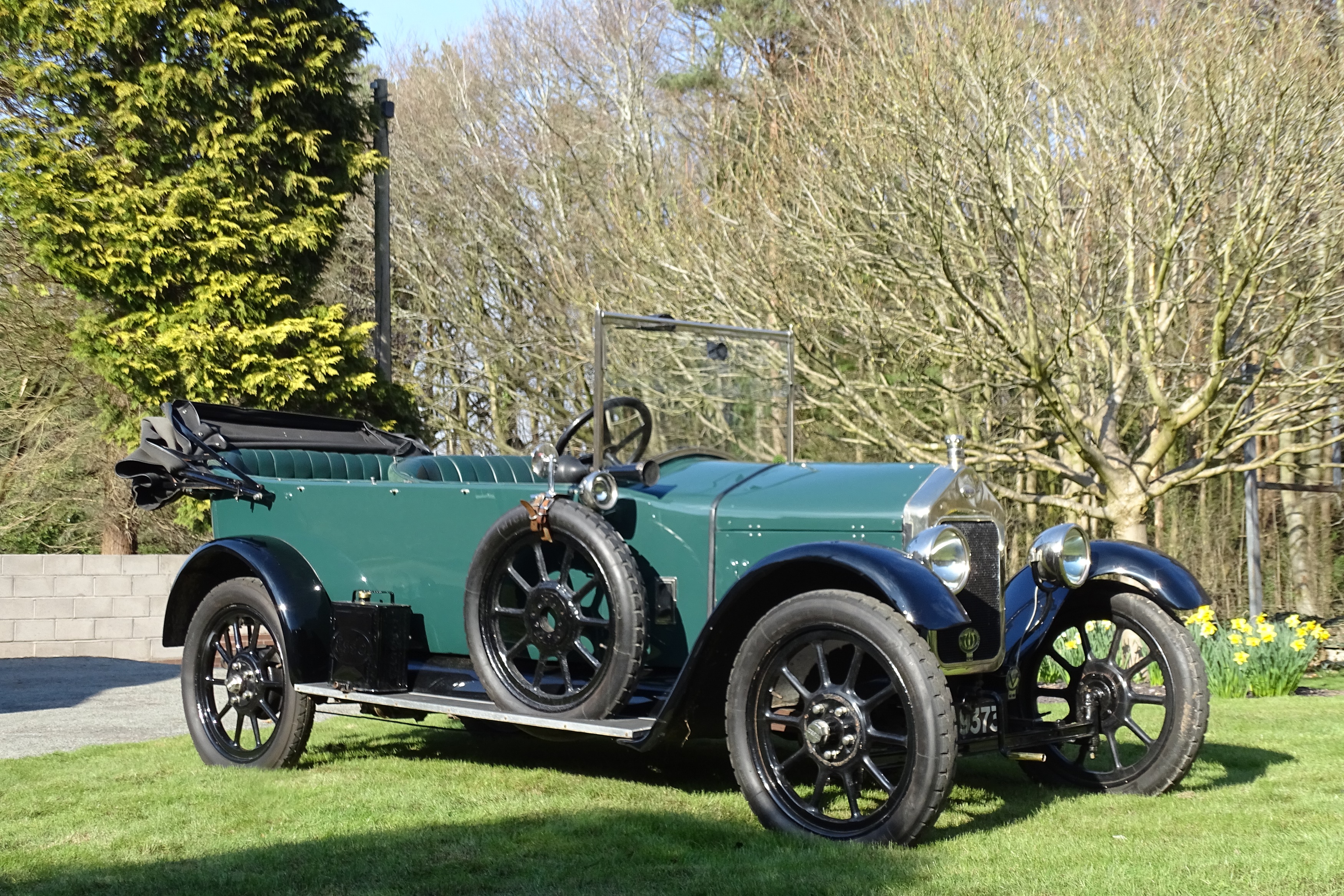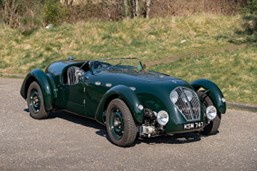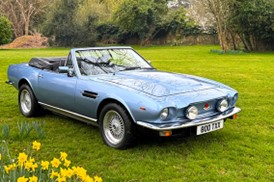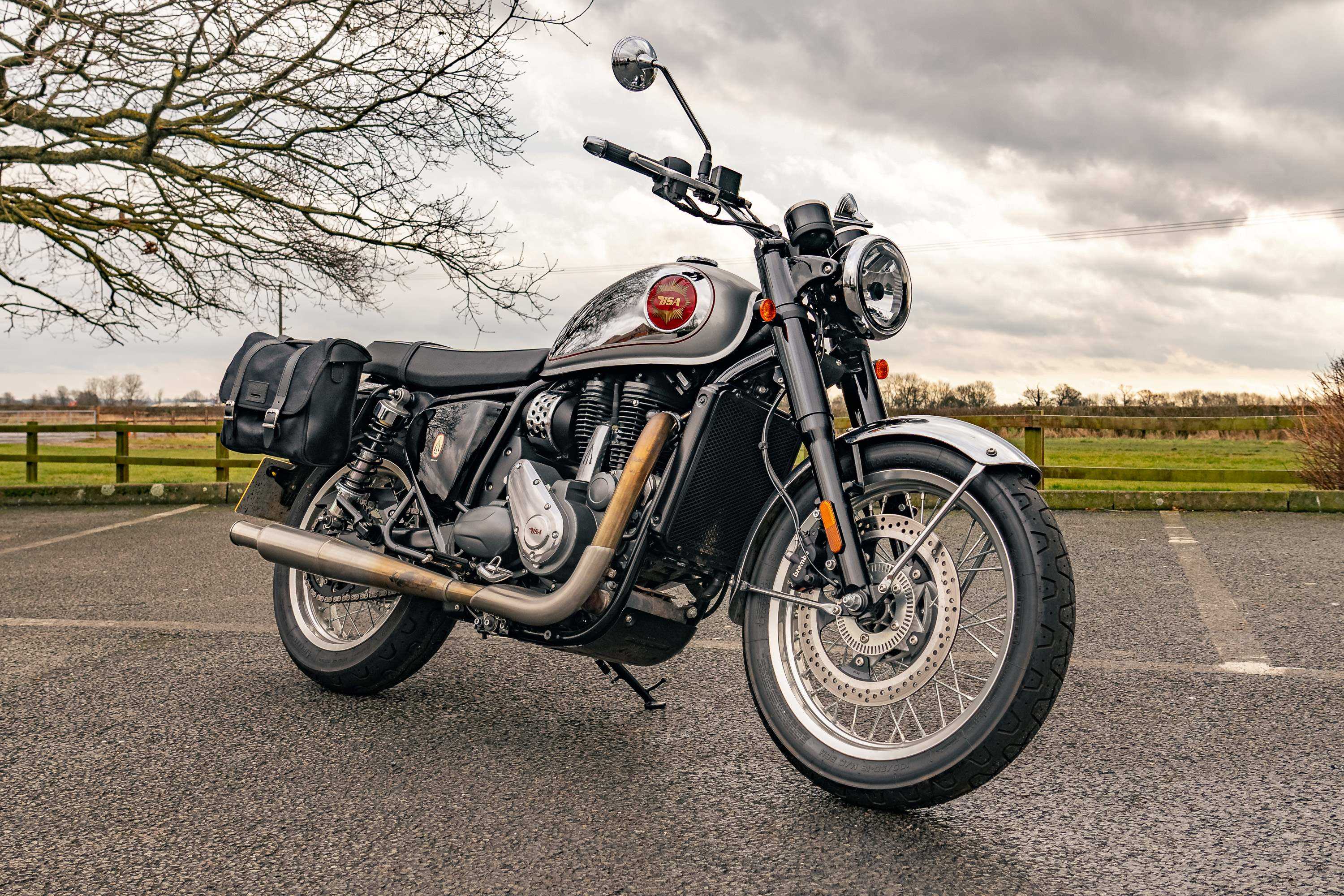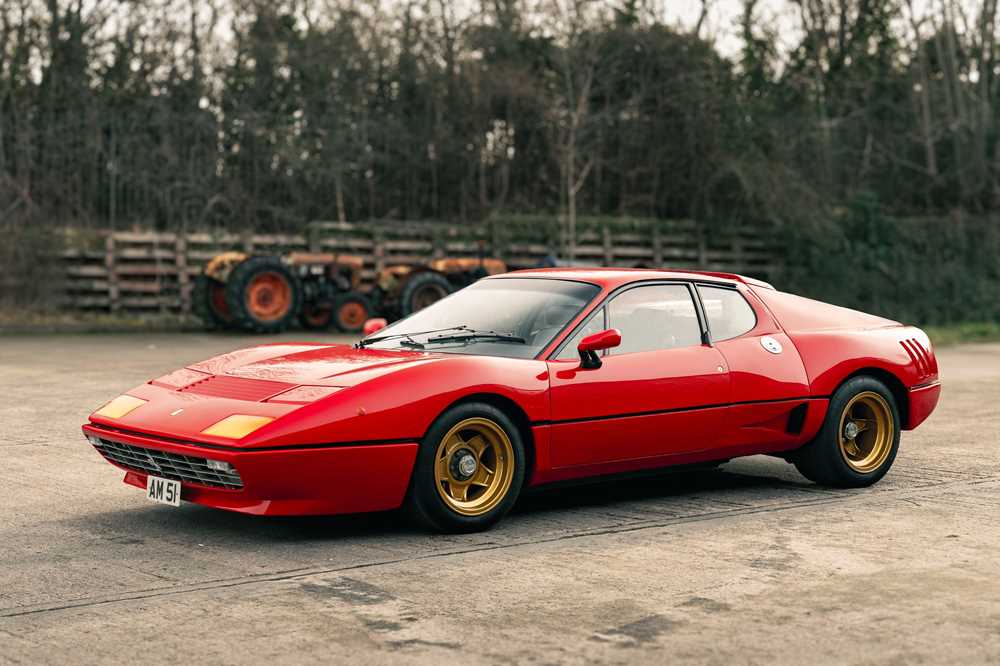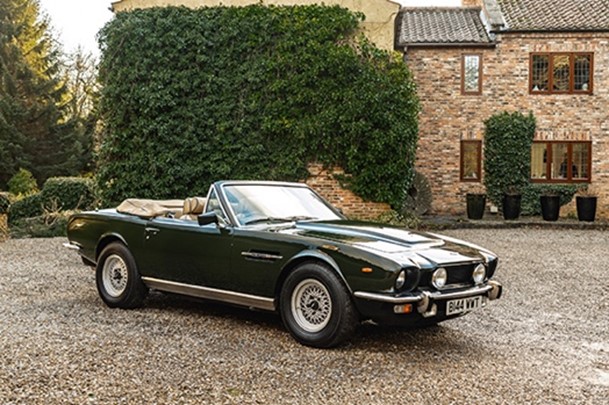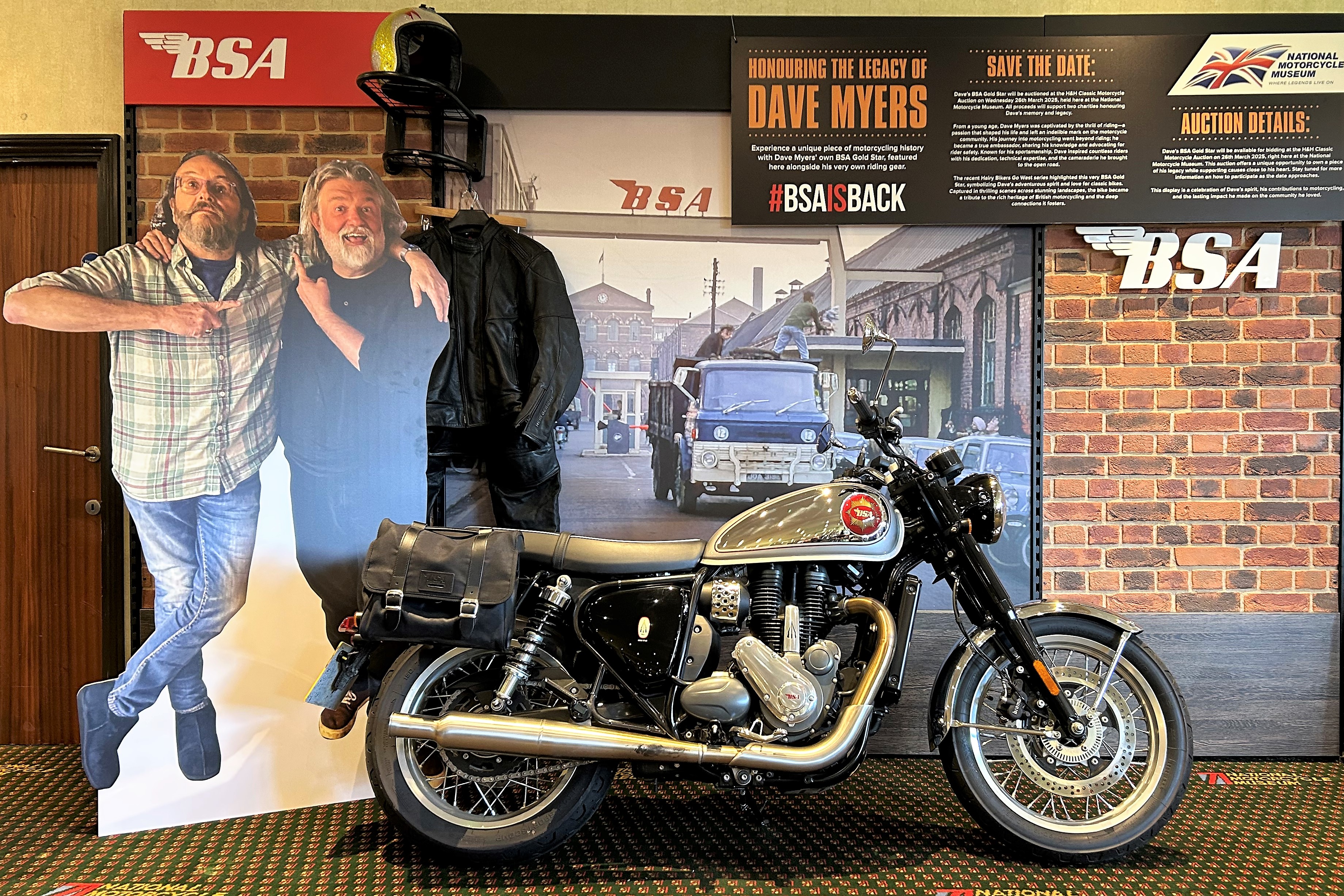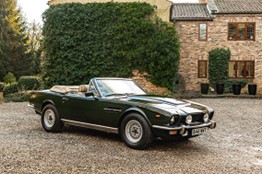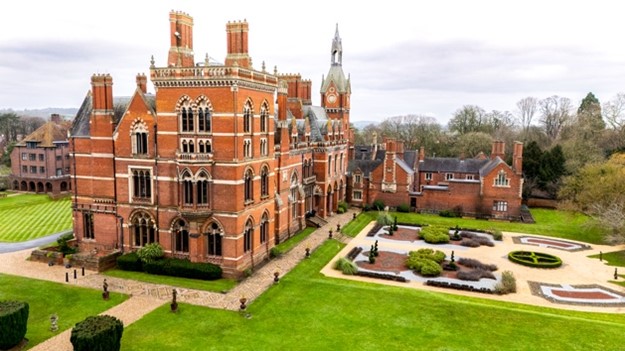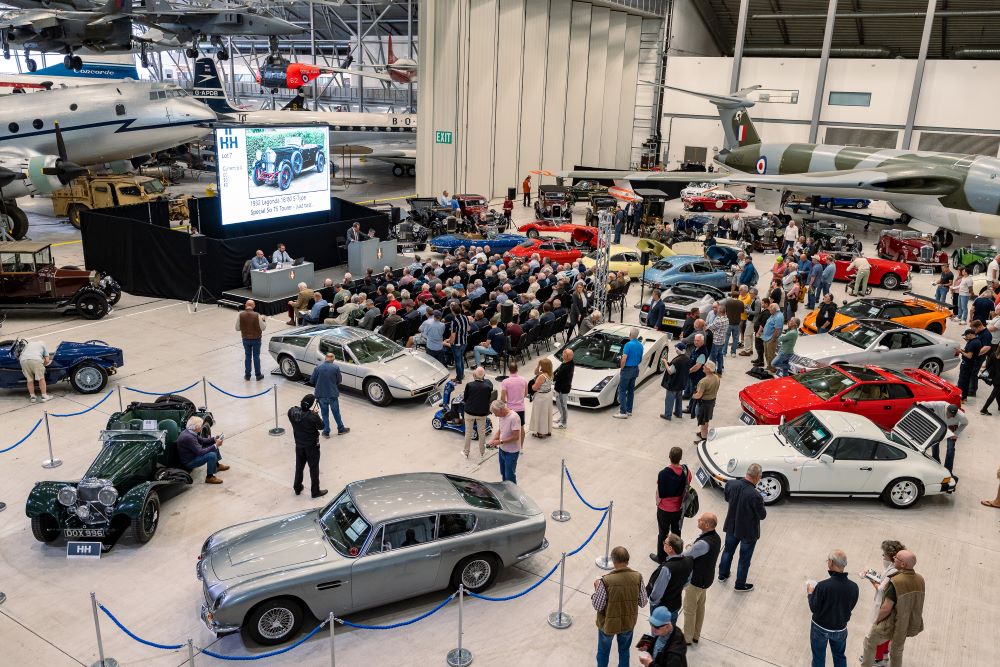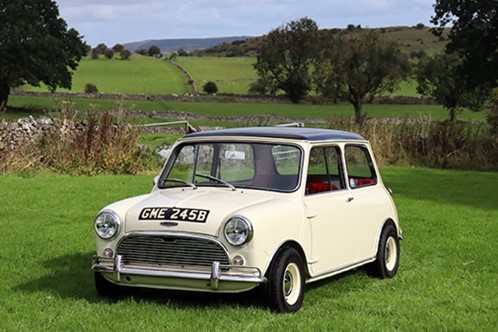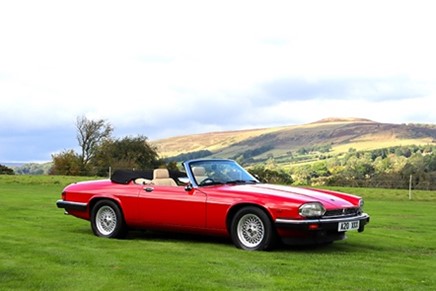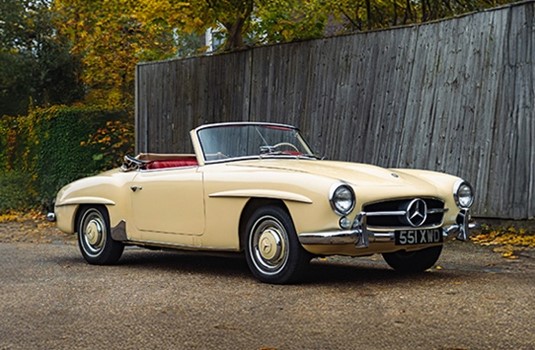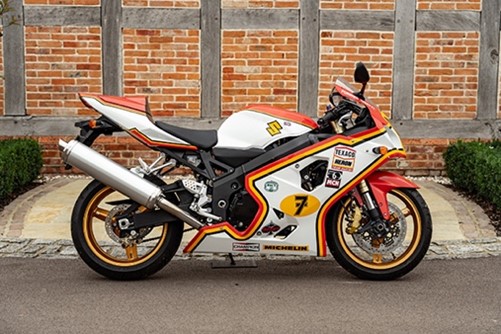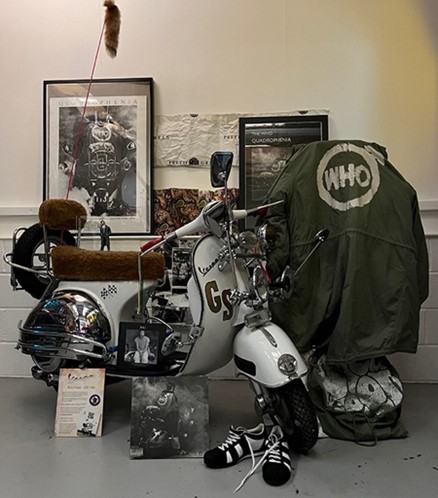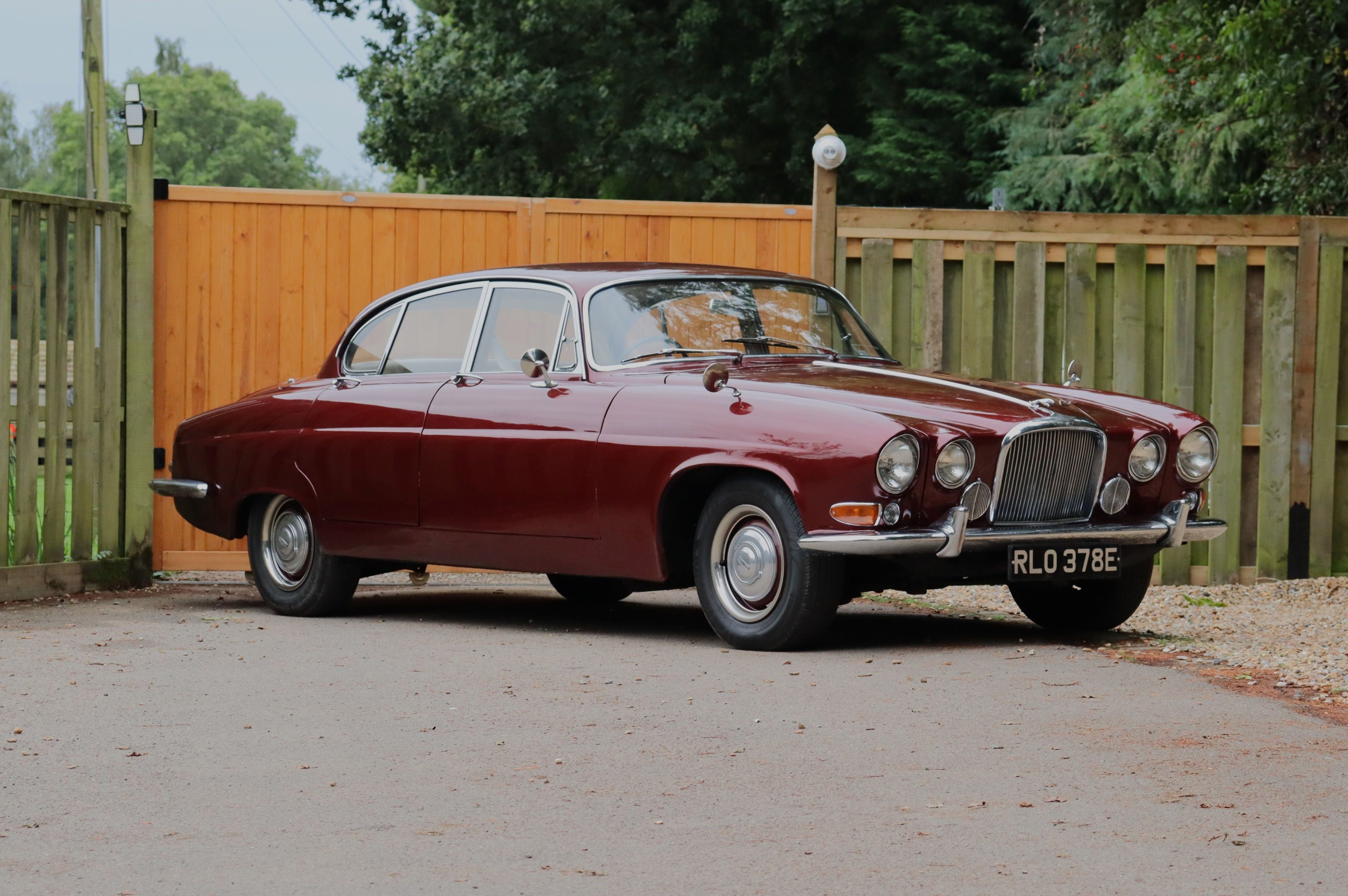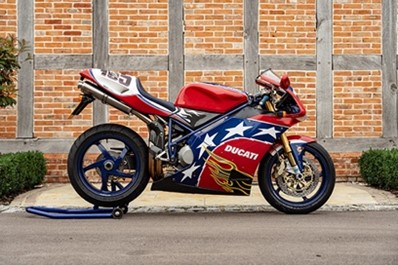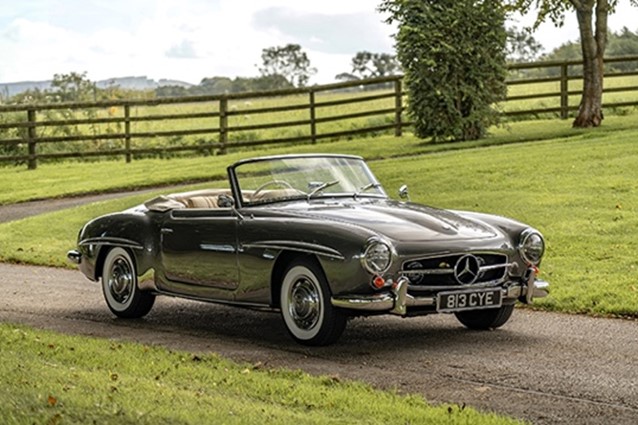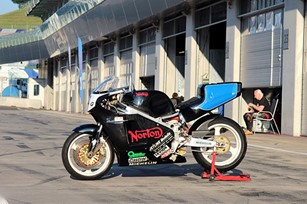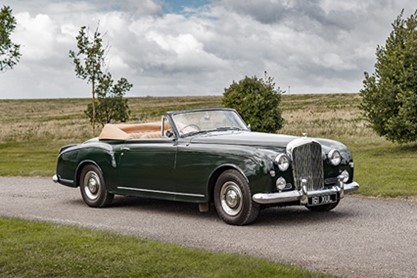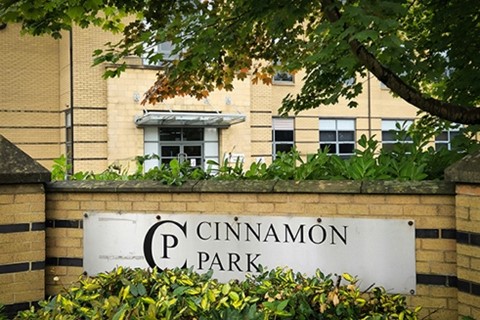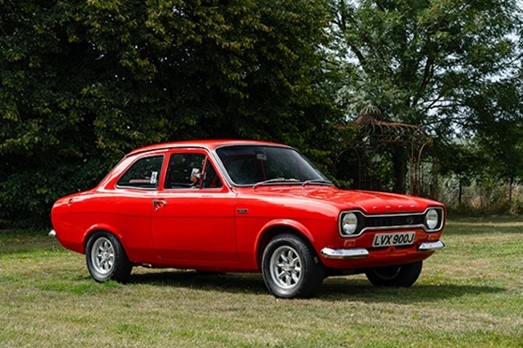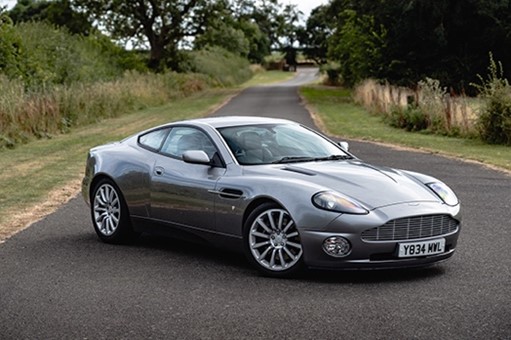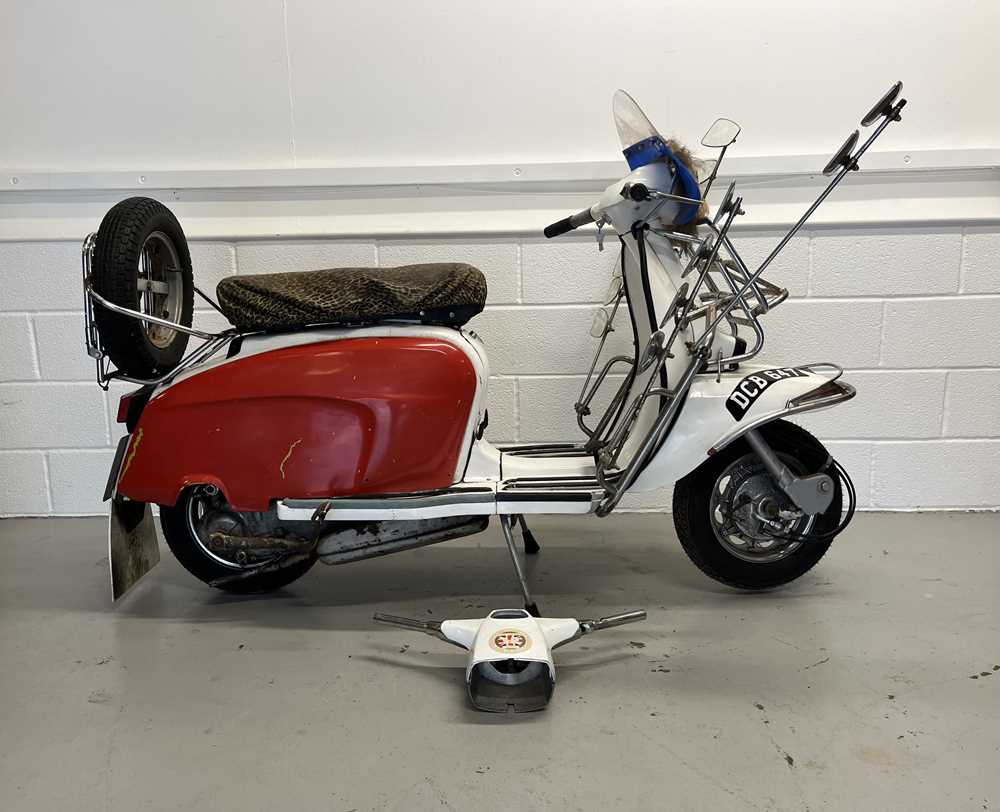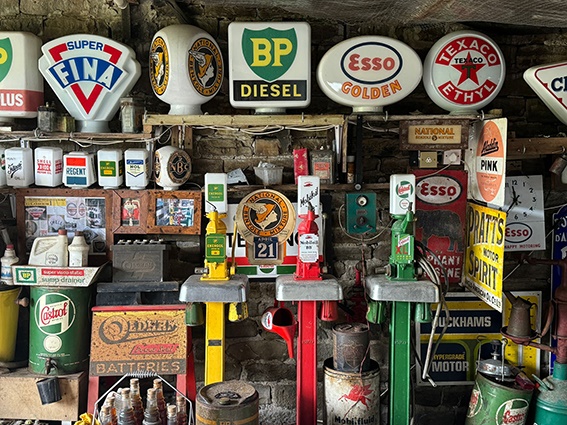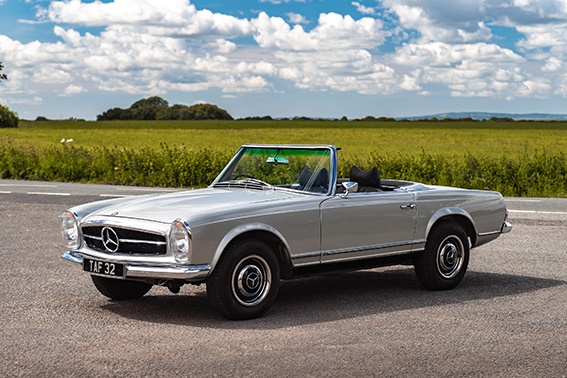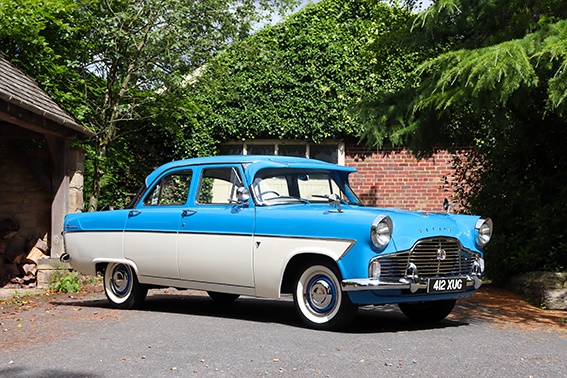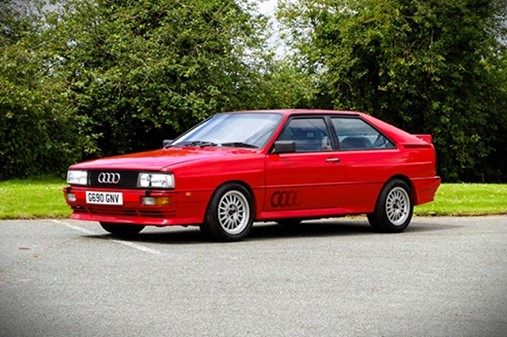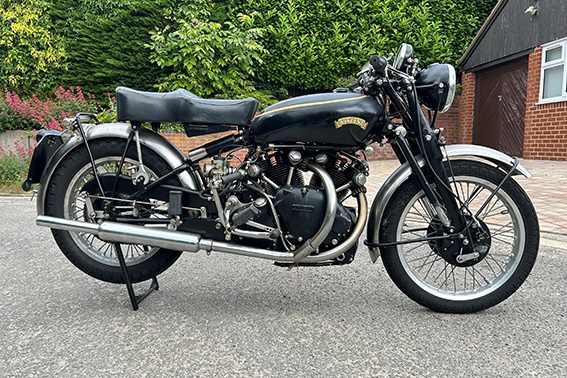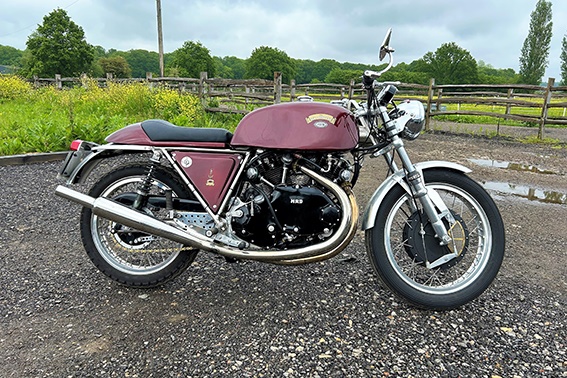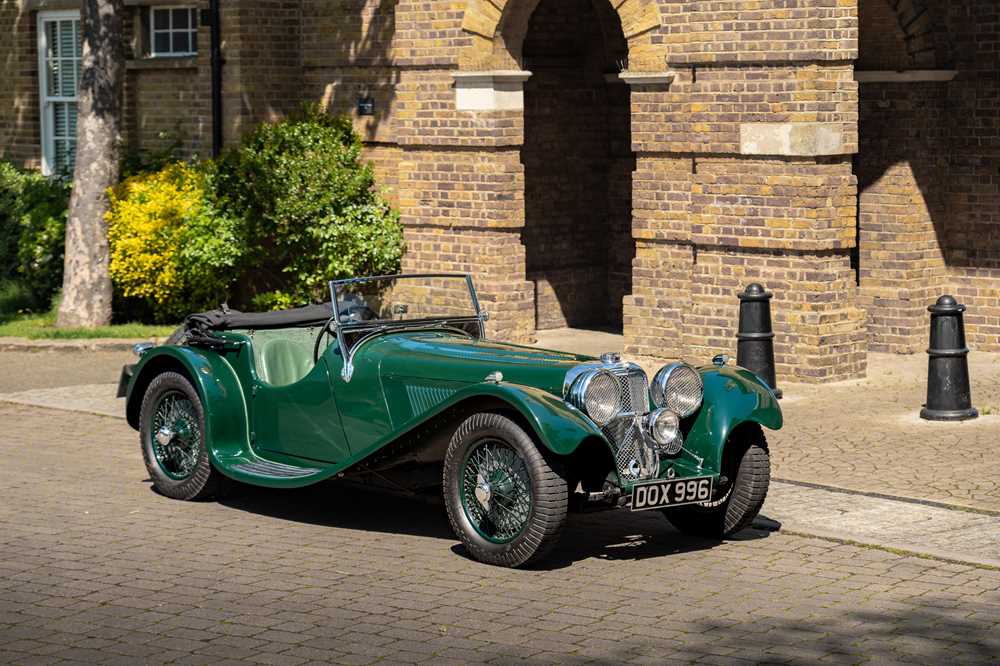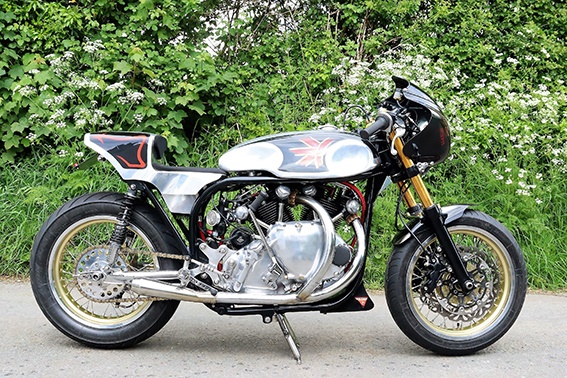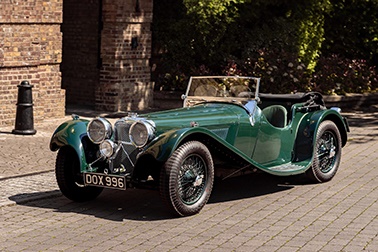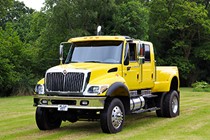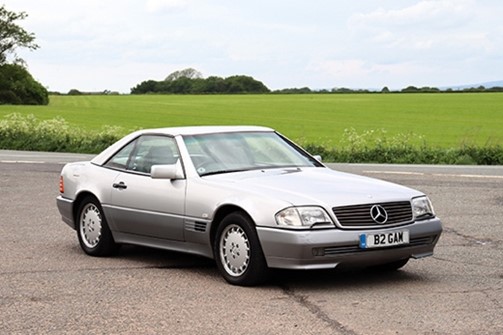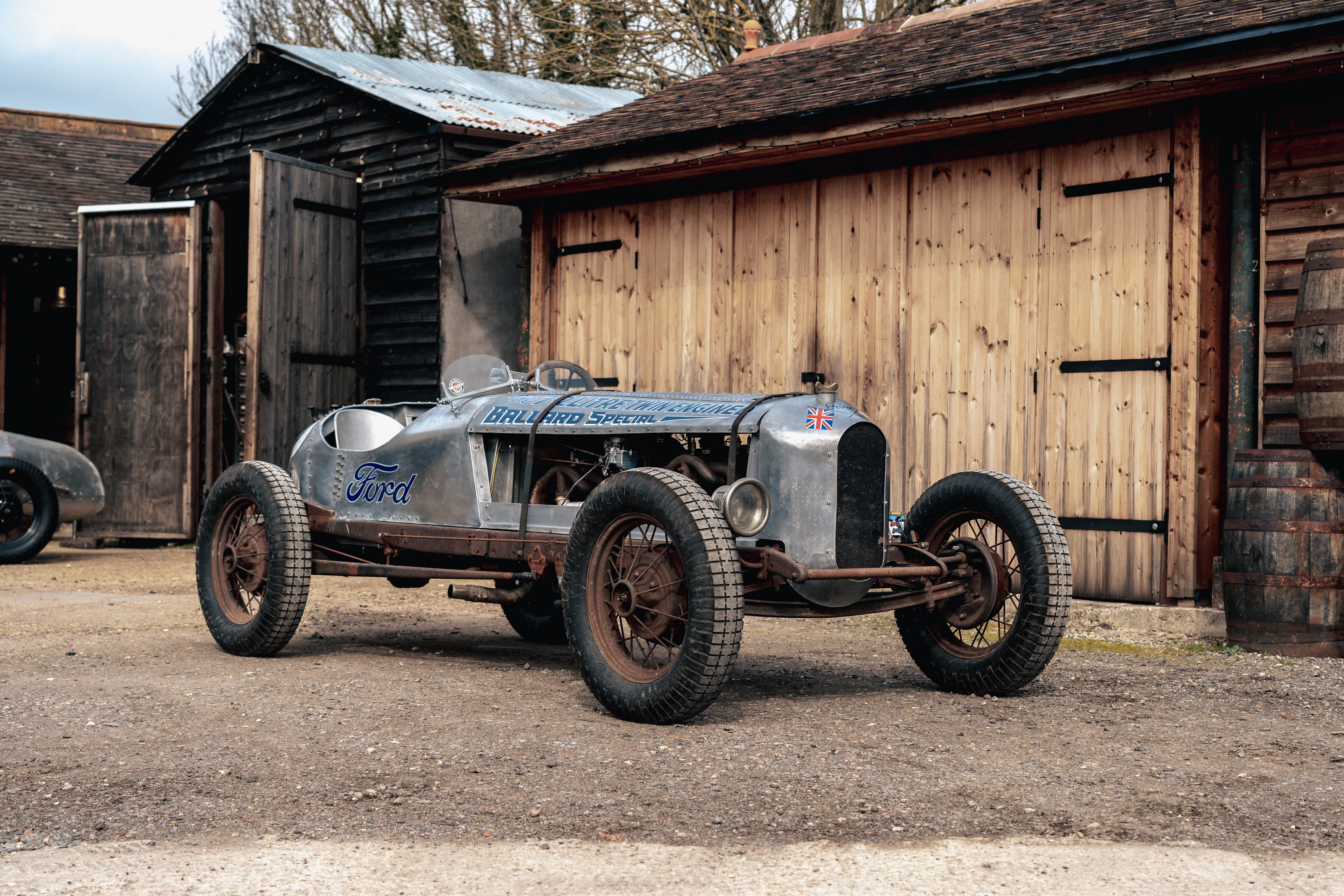26th Feb, 2011 14:40
Stoneleigh Park
1979 Talbot Sunbeam Lotus Group 2 Rally Car
Estimated at £50,000 - £60,000
Lot details
Registration No: KEX223V
Chassis No: R4DC79L173911
Mot Expiry: Jan 2012
The standard Chrysler Sunbeam first appeared with three engine options - 930cc, 1300cc and 1600cc. A 1600cc Ti model was then targeted at the performance road market. However, even that was never going to satisfy the needs of Competitions Manager Des O'Dell, who was desperate to build a rally car capable of beating the Ford RS Escorts and Vauxhall HS Chevettes.
With no in-house powerplant capable of delivering the required performance, he looked elsewhere. As luck would have it, Lotus had been supplying 2-litre engines to Jensen Healey, who had recently ceased trading. A deal was done and two test engines secured. The standard 160 bhp unit was fitted to an Avenger for testing and demonstrating to the management, while the 230 bhp race version found its way into a rally-prepared Sunbeam, 'WRW 30S'. Testing began in earnest and the car competed in several events where homologation was not required. Andrew Cowan did the competing while Bernard Unett carried out the development testing.
The competition engines were initially uprated to 234 bhp (later increasing further) and featured 48 mm carburettors and a compression ratio of 11:1. To enable these to compete, however, 400 cars had to be produced to satisfy homologation rules. Chrysler's ambitions were for a run of 4500 engines, and homologation was achieved on April 1st 1979 on the basis of 32 pre-production cars converted by the Competitions Department.
Lotus was heavily involved in the development and production, not only designing and manufacturing the engine but developing the suspension and exhaust systems as well. The rolling chassis, built alongside all other Sunbeams at Linwood, Glasgow, were delivered by transporter to a satellite operation at Ludham airfield, some 20 miles from Lotus's Hethel headquarters, Norfolk. Here modifications were made to the bodyshell, and the engine, five-speed ZF gearbox, larger radiator and alloy road wheels, were fitted. The completed cars were then transported to Coventry for final checking before delivery to the dealers.
The Sunbeam Lotus was launched at the Geneva Motor Show in March 1979, and deliveries started a few months later. By this time, Chrysler UK had been sold to Peugeot, who changed the name to the Talbot Motor Company. With the exception of the very first pre-production models, all road cars were officially known as Talbots. Overall, Lotus claim to have built 2298 cars (1150 with right-hand-drive) while Talbot claim a total of 2308. This difference is accounted for by the building of 10 Works rally cars from bare bodyshells at the Humber Road Competitions Department between 1980 and 1982.
The Sunbeam Lotus took part in international rallying from 1979 to 1982 and won the World Championship for Talbot in 1981. Its most famous achievement was at the 1980 Lombard-RAC rally, where Henri Toivonen became the event's youngest ever winner and Sunbeam Lotus cars finished 1st, 3rd and 4th - the last time a two-wheel drive car won the RAC. Des O'Dell was presented afterwards with a Sunbeam Lotus road car bearing the registration 'RAC 134W'! In fact, Talbot's Sunbeam Lotus won their class (Group 2) on the RAC for three years in succession, culminating in 1982 with the last ever win in this class before the FIA rules changed to Groups A, B, etc.
Sunbeam Lotus works drivers included the late Henri Toivonen, Guy Fréquelin (co-driven by Jean Todt), who narrowly missed out on being the Driver's World Champion in 1981, Stig Blomqvist, Tony Pond, Andrew Cowan and Jean-Pierre Nicolas. Russell Brookes also competed in a Works-built car, privately sponsored by Andrews Heat for Hire.
The left-hand drive Group 2 car being offered was manufactured in 1979 and is reportedly to full 'Works' specification. We understand the bodyshell is a clean, straight Lotus Series 1 example in steel with alloy Works-type arches. It is modified as per the Works cars, with correctly strengthened chassis legs, while the boot is modified to accept the fuel tank, fuel pumps and battery. It is finished in the Works colours of white and blue. The engine is apparently based on an ex-Works two-piece block built by former Works Talbot engine builder, Phil Davison. It has a big-valve head, 48 mm carburettors, a water rail kit and Pace dry sump oil system. It has seen no use since the last overhaul.
The engine is mated to a ZF close-ratio competition gearbox. The axle has just been rebuilt by Gartrac, and features a plate-type limited slip differential with 4.6:1 crown wheel and pinion. The casing is a genuine ex-Works Salisbury 4HA. The running gear is to Works specification and includes: rose-jointed steering and suspension arms, a heavy duty high-ratio rack, heavy duty cross member and Bilstein dampers. Braking is by 267 mm discs all round, operated by four-pot calipers at the front and AP CP2383 units at the rear. The Sunbeam is equipped with: Safety Devices roll cage; Sparco seats and OMP harnesses; an up-to-date extinguisher system and brand new 12 gallon Gartrac safety fuel cell; a new wiring loom and six Cibie Oscar lights.
An extensive spares package is available by separate negotiation. It includes: seven, eight and nine inch Minilite wheels with tyres, a spare big-valve cylinder head, Perspex rear window etc.
If you're looking for an 'on-the-button' historic rally car with current FIA papers, this could be the car for you.
Registration No: KEX223V
Chassis No: R4DC79L173911
Mot Expiry: Jan 2012
The standard Chrysler Sunbeam first appeared with three engine options - 930cc, 1300cc and 1600cc. A 1600cc Ti model was then targeted at the performance road market. However, even that was never going to satisfy the needs of Competitions Manager Des O'Dell, who was desperate to build a rally car capable of beating the Ford RS Escorts and Vauxhall HS Chevettes.
With no in-house powerplant capable of delivering the required performance, he looked elsewhere. As luck would have it, Lotus had been supplying 2-litre engines to Jensen Healey, who had recently ceased trading. A deal was done and two test engines secured. The standard 160 bhp unit was fitted to an Avenger for testing and demonstrating to the management, while the 230 bhp race version found its way into a rally-prepared Sunbeam, 'WRW 30S'. Testing began in earnest and the car competed in several events where homologation was not required. Andrew Cowan did the competing while Bernard Unett carried out the development testing.
The competition engines were initially uprated to 234 bhp (later increasing further) and featured 48 mm carburettors and a compression ratio of 11:1. To enable these to compete, however, 400 cars had to be produced to satisfy homologation rules. Chrysler's ambitions were for a run of 4500 engines, and homologation was achieved on April 1st 1979 on the basis of 32 pre-production cars converted by the Competitions Department.
Lotus was heavily involved in the development and production, not only designing and manufacturing the engine but developing the suspension and exhaust systems as well. The rolling chassis, built alongside all other Sunbeams at Linwood, Glasgow, were delivered by transporter to a satellite operation at Ludham airfield, some 20 miles from Lotus's Hethel headquarters, Norfolk. Here modifications were made to the bodyshell, and the engine, five-speed ZF gearbox, larger radiator and alloy road wheels, were fitted. The completed cars were then transported to Coventry for final checking before delivery to the dealers.
The Sunbeam Lotus was launched at the Geneva Motor Show in March 1979, and deliveries started a few months later. By this time, Chrysler UK had been sold to Peugeot, who changed the name to the Talbot Motor Company. With the exception of the very first pre-production models, all road cars were officially known as Talbots. Overall, Lotus claim to have built 2298 cars (1150 with right-hand-drive) while Talbot claim a total of 2308. This difference is accounted for by the building of 10 Works rally cars from bare bodyshells at the Humber Road Competitions Department between 1980 and 1982.
The Sunbeam Lotus took part in international rallying from 1979 to 1982 and won the World Championship for Talbot in 1981. Its most famous achievement was at the 1980 Lombard-RAC rally, where Henri Toivonen became the event's youngest ever winner and Sunbeam Lotus cars finished 1st, 3rd and 4th - the last time a two-wheel drive car won the RAC. Des O'Dell was presented afterwards with a Sunbeam Lotus road car bearing the registration 'RAC 134W'! In fact, Talbot's Sunbeam Lotus won their class (Group 2) on the RAC for three years in succession, culminating in 1982 with the last ever win in this class before the FIA rules changed to Groups A, B, etc.
Sunbeam Lotus works drivers included the late Henri Toivonen, Guy Fréquelin (co-driven by Jean Todt), who narrowly missed out on being the Driver's World Champion in 1981, Stig Blomqvist, Tony Pond, Andrew Cowan and Jean-Pierre Nicolas. Russell Brookes also competed in a Works-built car, privately sponsored by Andrews Heat for Hire.
The left-hand drive Group 2 car being offered was manufactured in 1979 and is reportedly to full 'Works' specification. We understand the bodyshell is a clean, straight Lotus Series 1 example in steel with alloy Works-type arches. It is modified as per the Works cars, with correctly strengthened chassis legs, while the boot is modified to accept the fuel tank, fuel pumps and battery. It is finished in the Works colours of white and blue. The engine is apparently based on an ex-Works two-piece block built by former Works Talbot engine builder, Phil Davison. It has a big-valve head, 48 mm carburettors, a water rail kit and Pace dry sump oil system. It has seen no use since the last overhaul.
The engine is mated to a ZF close-ratio competition gearbox. The axle has just been rebuilt by Gartrac, and features a plate-type limited slip differential with 4.6:1 crown wheel and pinion. The casing is a genuine ex-Works Salisbury 4HA. The running gear is to Works specification and includes: rose-jointed steering and suspension arms, a heavy duty high-ratio rack, heavy duty cross member and Bilstein dampers. Braking is by 267 mm discs all round, operated by four-pot calipers at the front and AP CP2383 units at the rear. The Sunbeam is equipped with: Safety Devices roll cage; Sparco seats and OMP harnesses; an up-to-date extinguisher system and brand new 12 gallon Gartrac safety fuel cell; a new wiring loom and six Cibie Oscar lights.
An extensive spares package is available by separate negotiation. It includes: seven, eight and nine inch Minilite wheels with tyres, a spare big-valve cylinder head, Perspex rear window etc.
If you're looking for an 'on-the-button' historic rally car with current FIA papers, this could be the car for you.
Auction: Stoneleigh Park, 26th Feb, 2011
All successful bids must be paid in full by midday the day after the auction at the latest.
You can collect your new pride and joy from our venue until 1pm the day following the sale or our partners are on hand to help arrange safe transportation:
Do you have an item to sell?
If so, contact one of our friendly specialists for your free valuation by completing the form below and someone will get back to you as quickly as possible.
If you prefer to speak to humans, don't hesitate to call our office on +44 (0)1925 210035
Other lots in this sale
